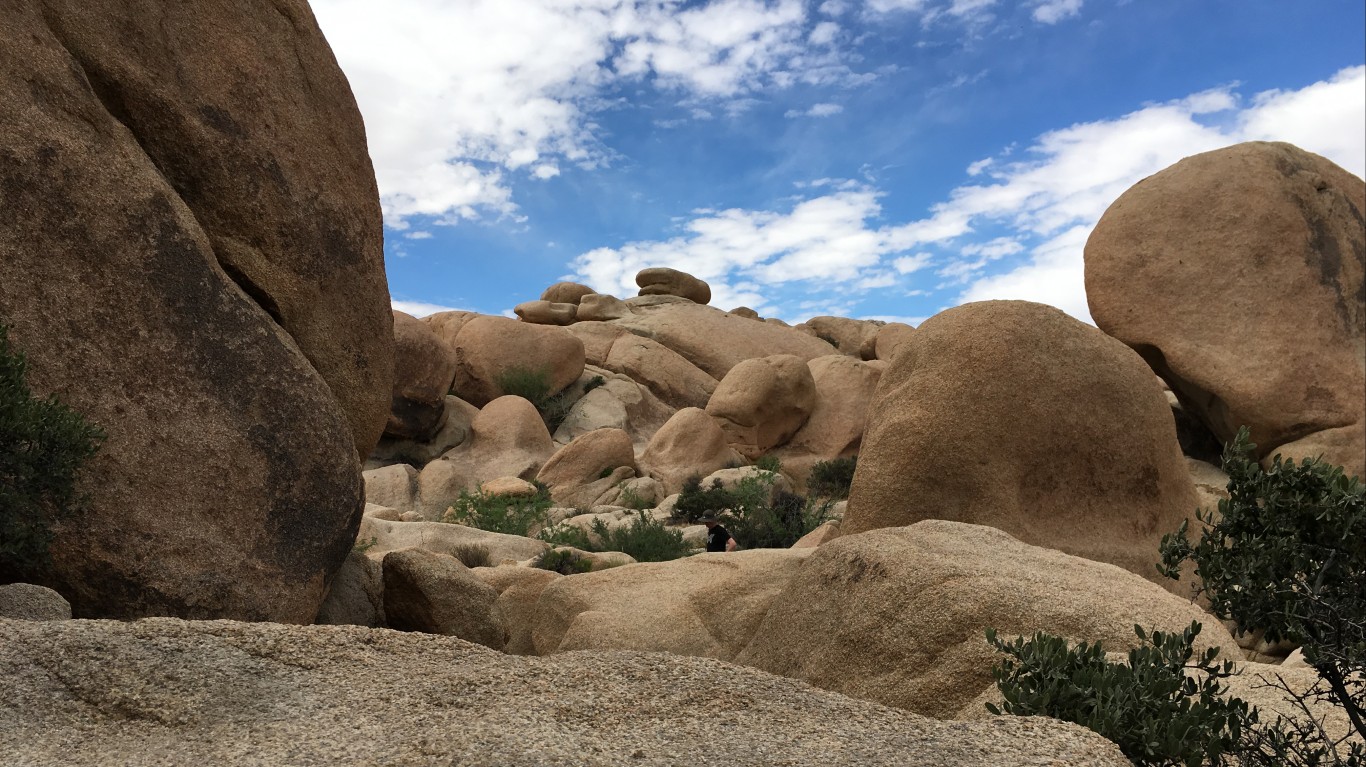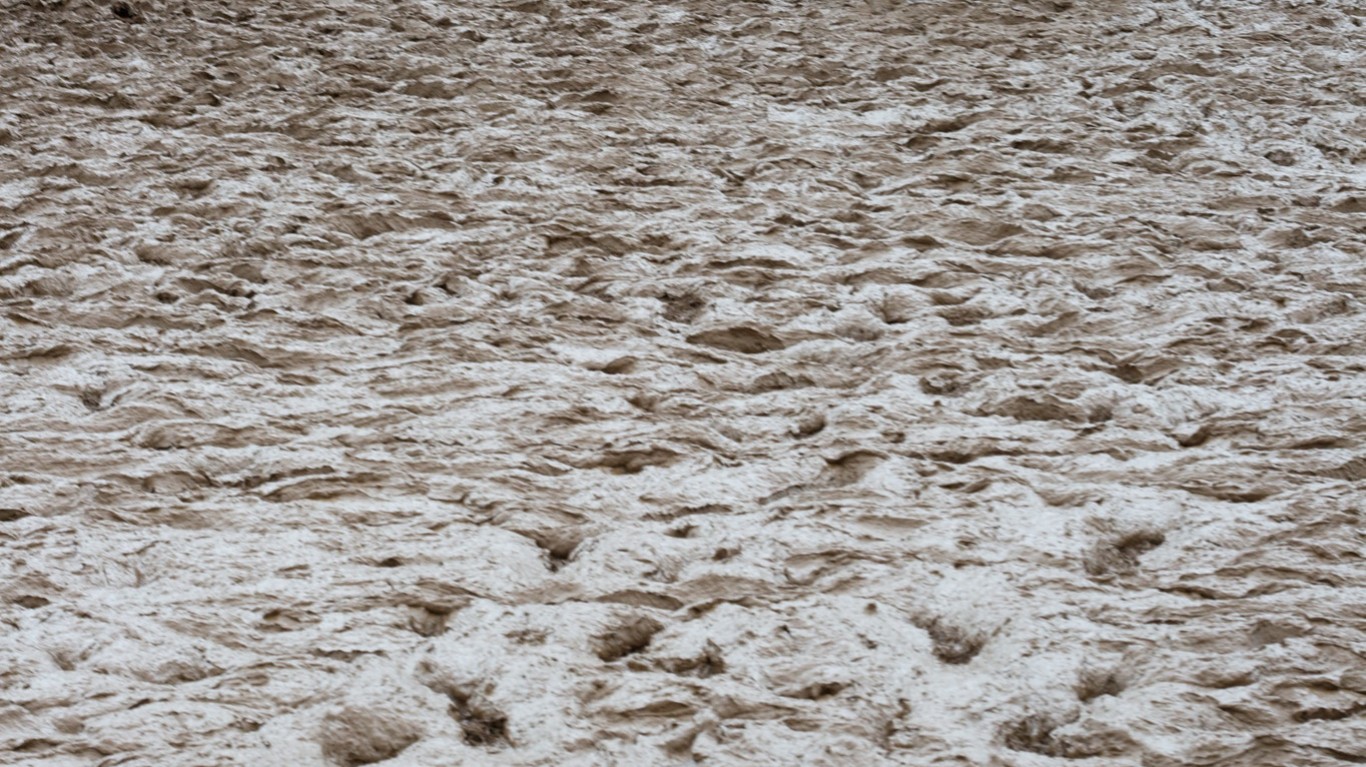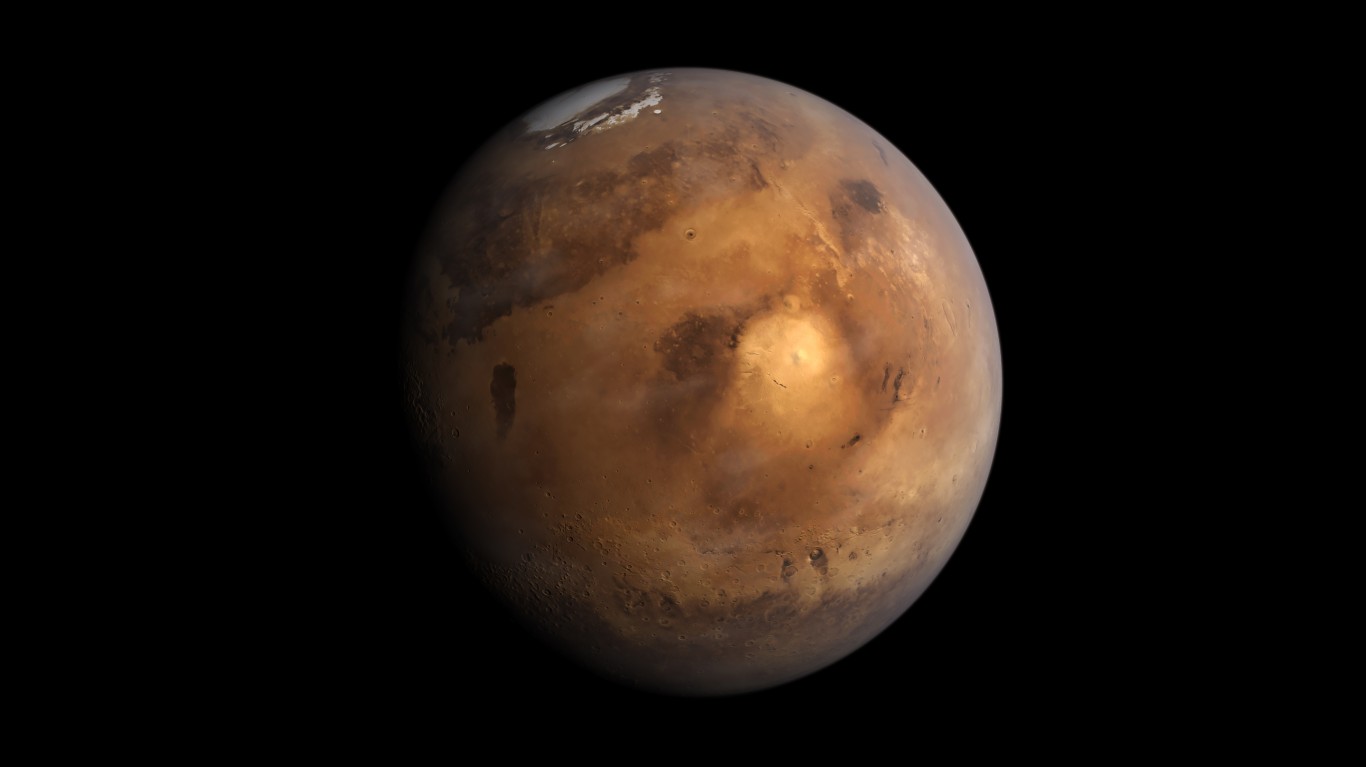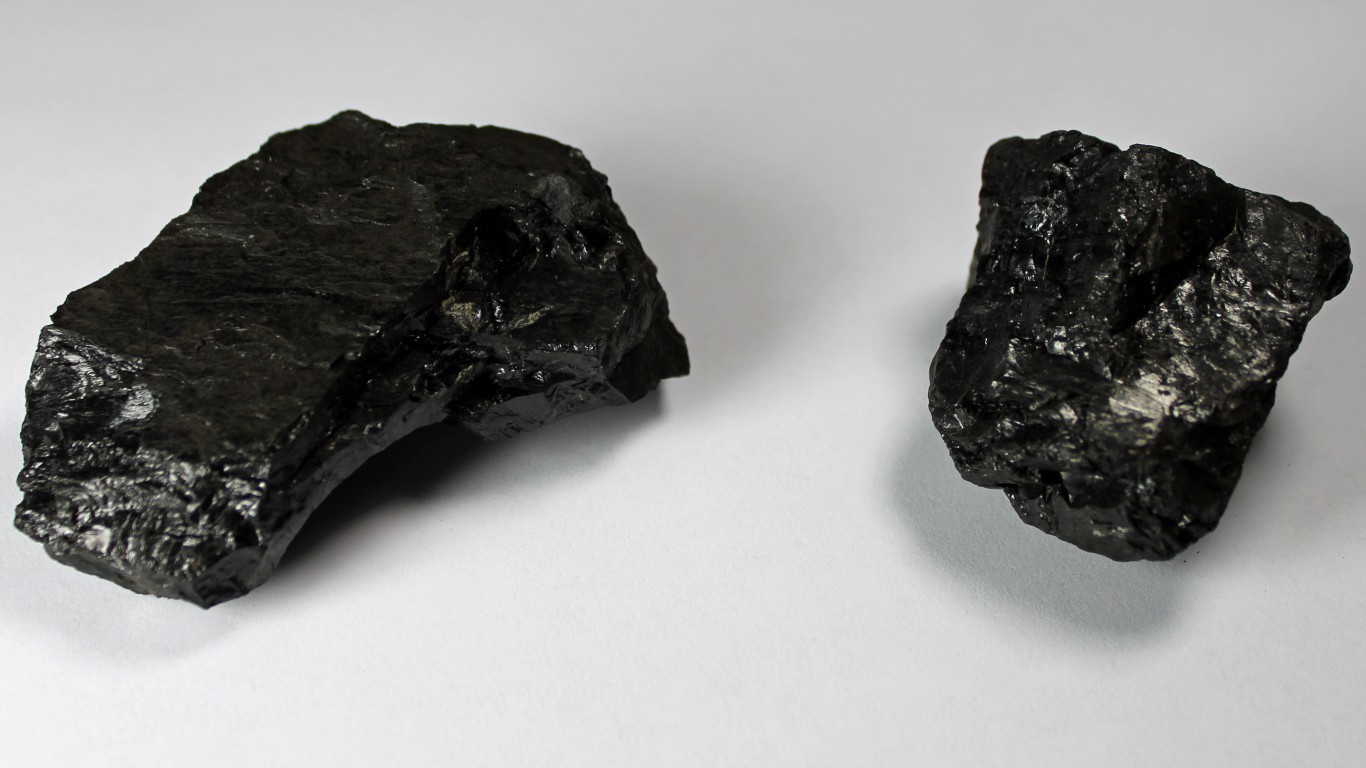
Many people are spending most if not all of their time indoors due to the COVID-19 pandemic, and they’re going to need activities to beat the boredom. Luckily, technology allows for virtual gatherings, which people can use to play one of the most beloved games in American television history.
“Jeopardy!” premiered in 1964 as a daytime TV show. Due to its growing popularity, it was moved to primetime television in 1984 and Alex Trebek took over as host. During the show, three contestants battle it out in trivia while answering clues from different categories. They can vary wildly – from basics like history and geography to more odd ones like “Slowly I turned” or “Impostor!”
Several “Jeopardy!” categories contain questions about the planet Earth. 24/7 Tempo went through J! Archives — a site created by fans of the show that lists clues going back to 1984 — to find real clues about Earth.
Wonder how you’d rate on the game show? Take the following pop quiz and see how you stack up. You can test your knowledge in another area — U.S. states: Here are 50 real “Jeopardy!” questions about each state.
Click here to see if you can answer these real Jeopardy! clues about Earth.

THIS PLANET $200:
…Is called Earth’s twin, but it must be fraternal, as we don’t enjoy the same thick clouds of sulfuric acid
[in-text-ad]
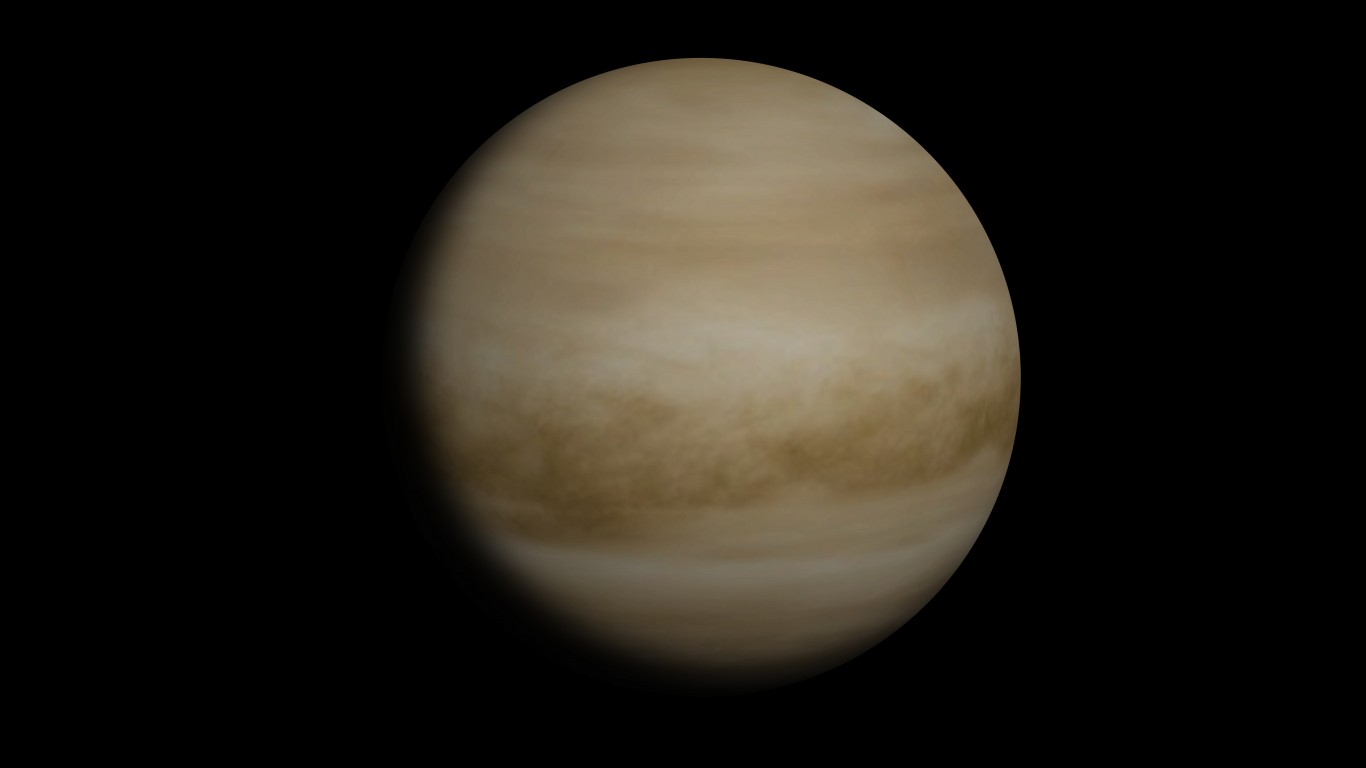
Venus

OUR PLANET $400:
The innovative use of drones helped the crew capture one of these, the largest animals on Earth, alongside her curious young

A blue whale
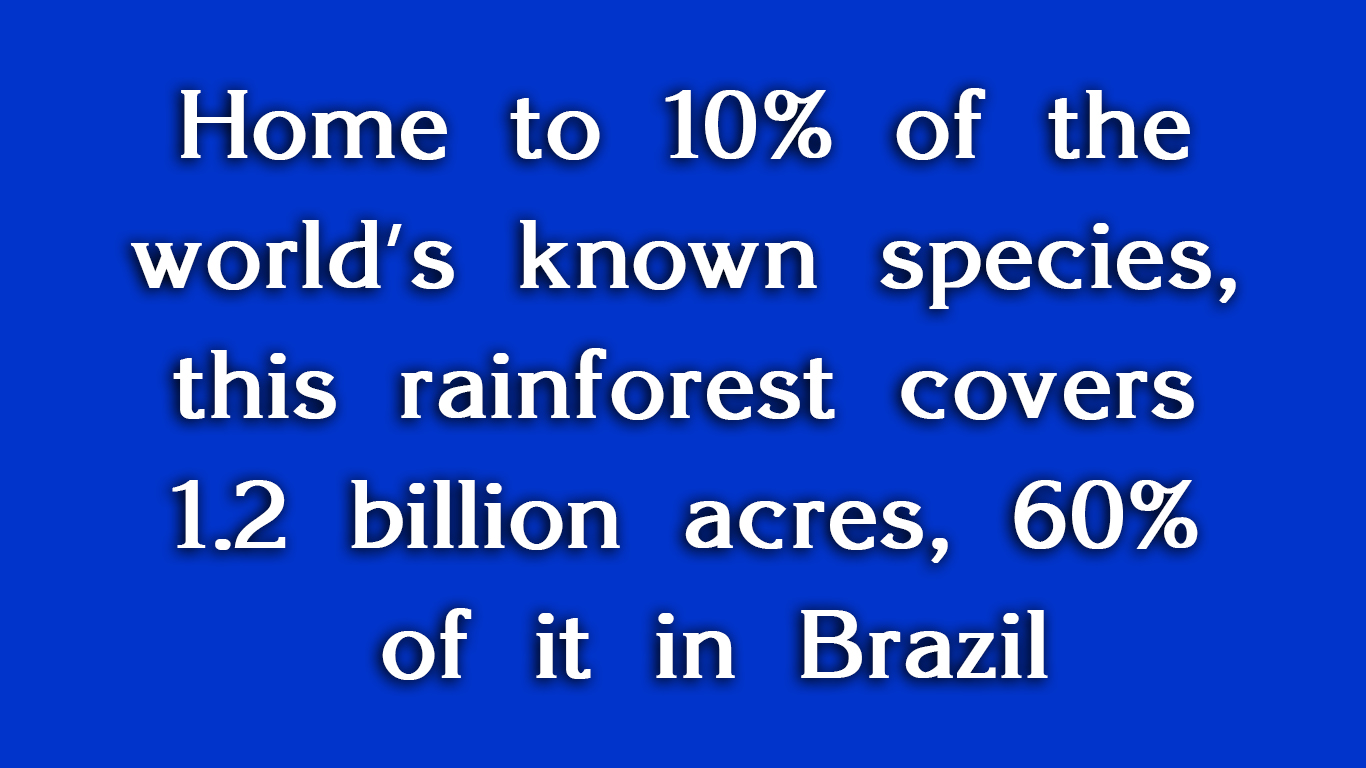
PLANET EARTH $400:
Home to 10% of the world’s known species, this rainforest covers 1.2 billion acres, 60% of it in Brazil
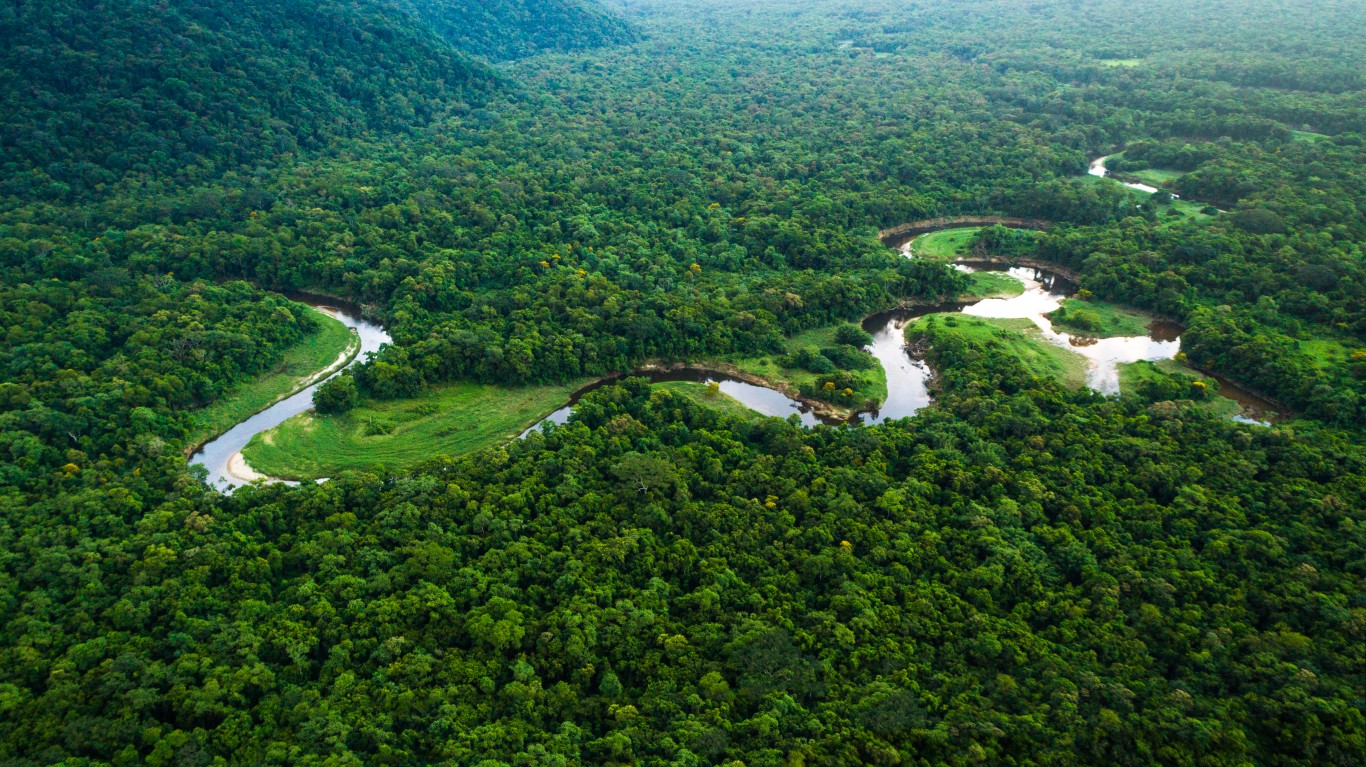
Amazon Forest
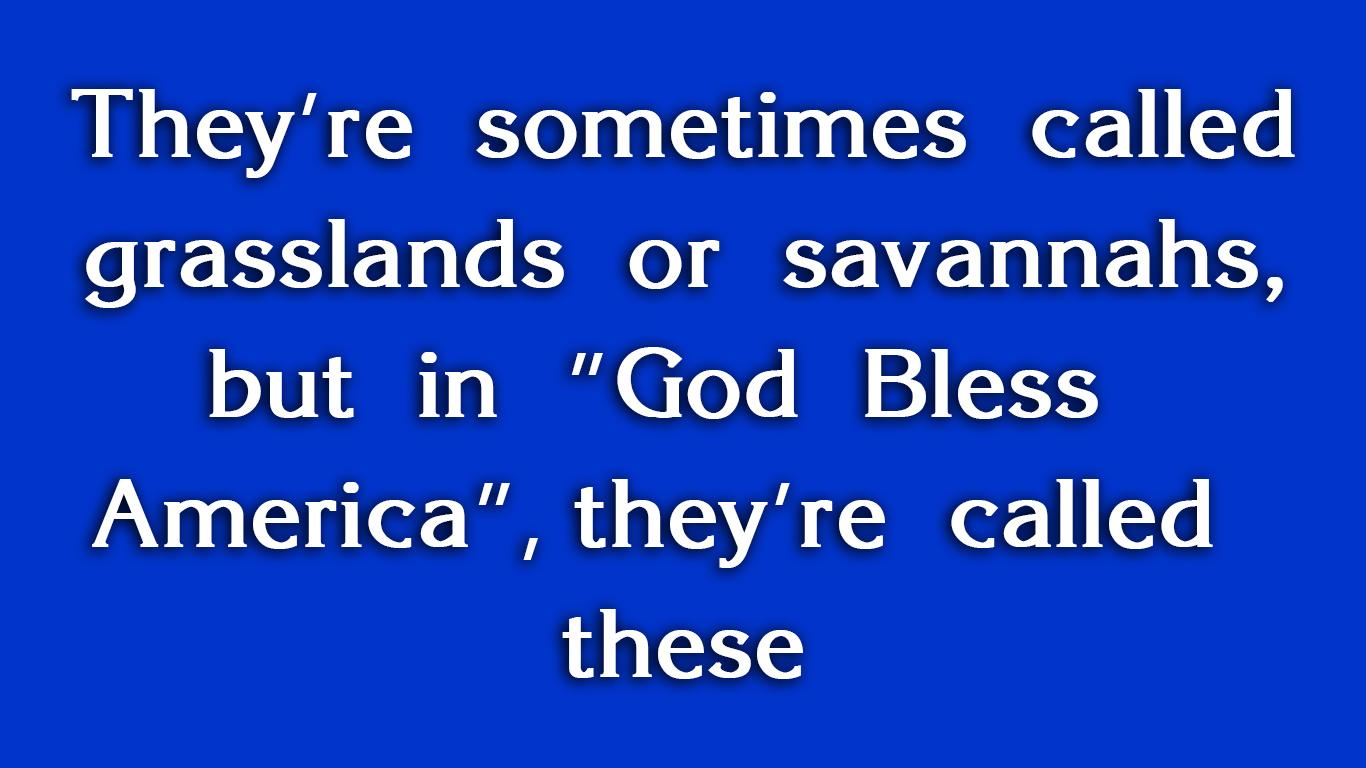
PLANET EARTH $800:
They’re sometimes called grasslands or savannahs, but in “God Bless America”, they’re called these
[in-text-ad-2]
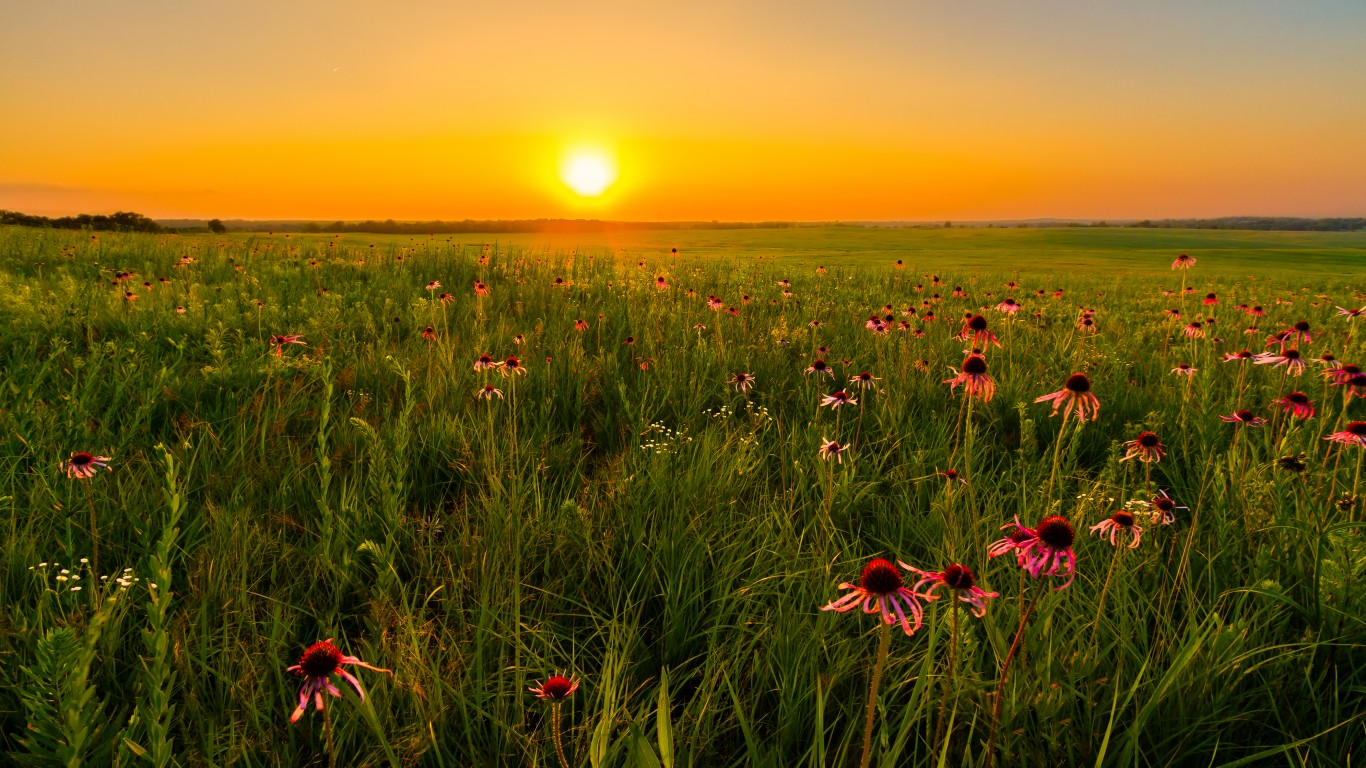
Prairies
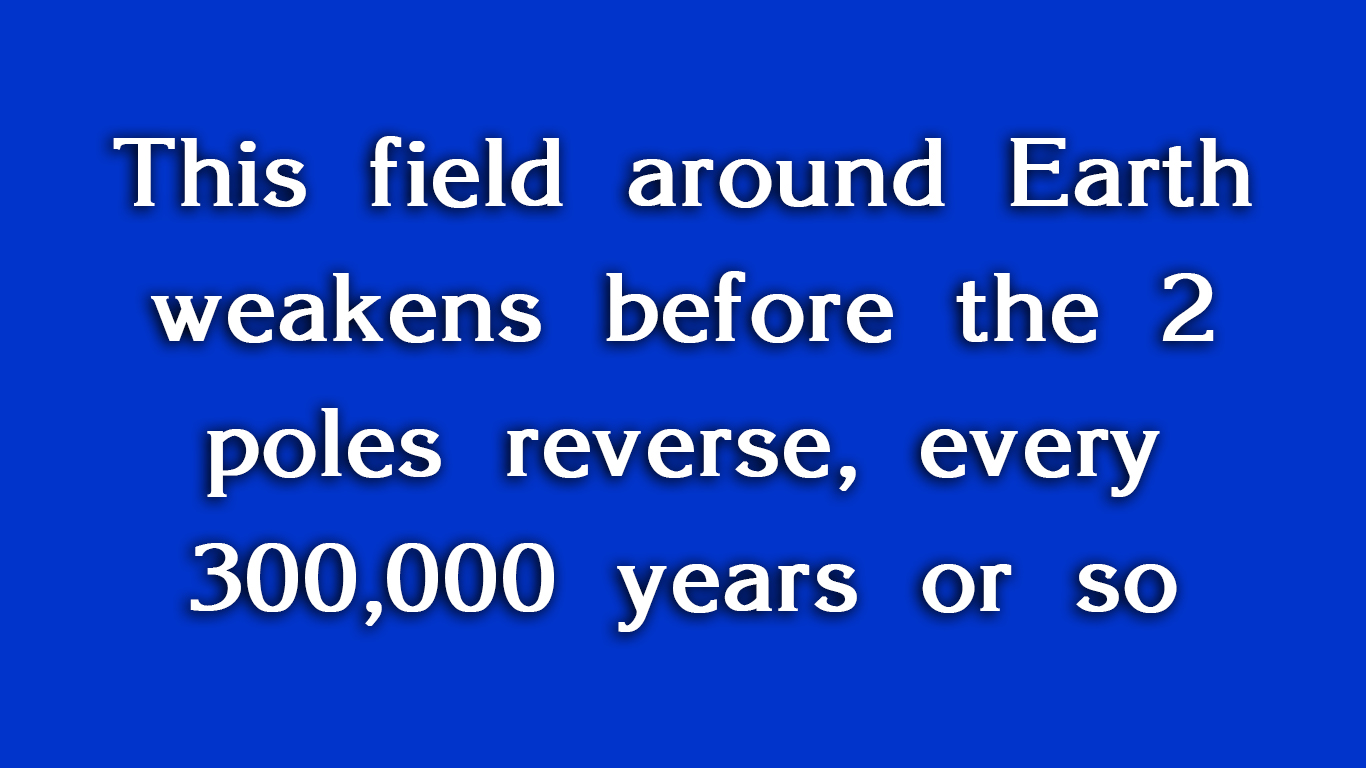
PLANET EARTH $1200:
This field around Earth weakens before the 2 poles reverse, every 300,000 years or so
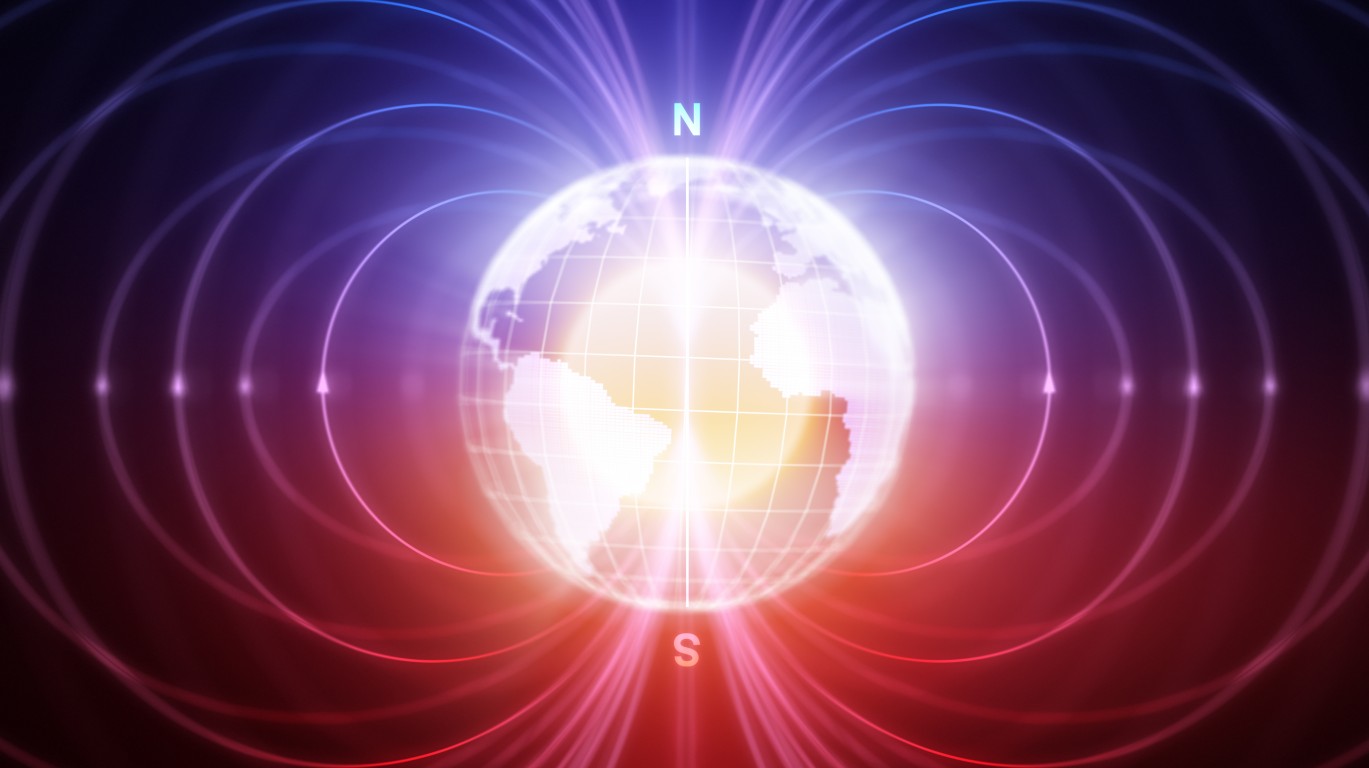
The magnetic field
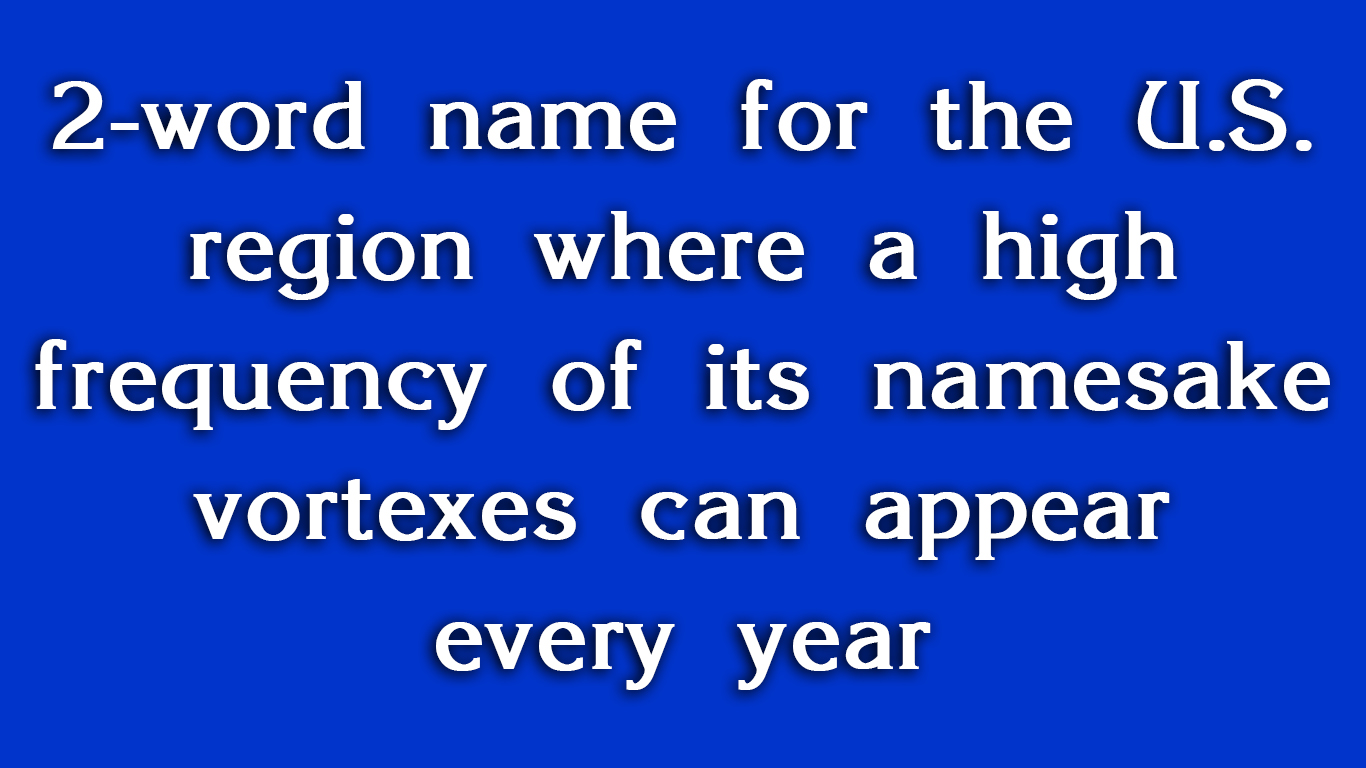
PLANET EARTH $1600:
2-word name for the U.S. region where a high frequency of its namesake vortexes can appear every year
[in-text-ad]

Tornado Alley

PLANET EARTH $2000:
An annual 1-million-strong migration of these animals crosses the Mara River through a gauntlet of crocs
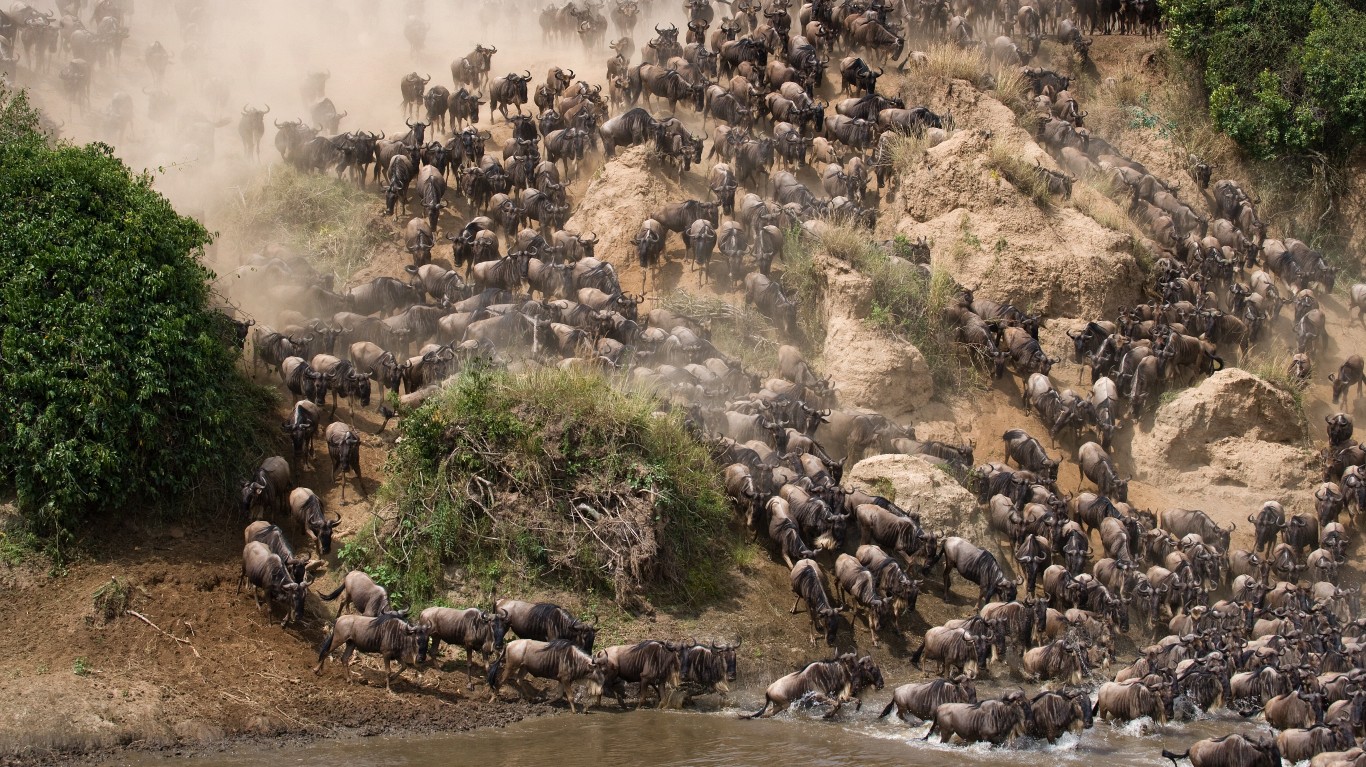
The wildebeest

PLANET EARTH $400:
The sun’s surface can reach 10,000 degrees; this part of the Earth can get even hotter
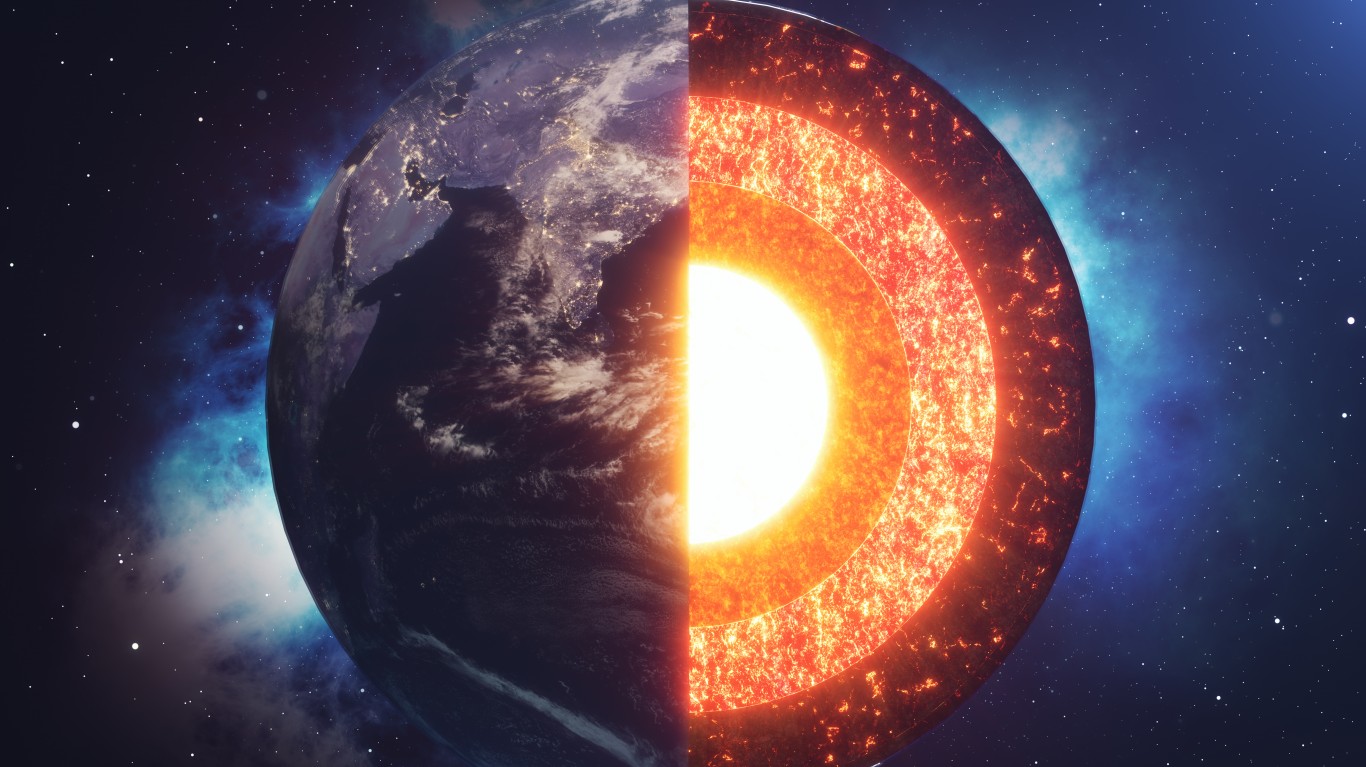
The core
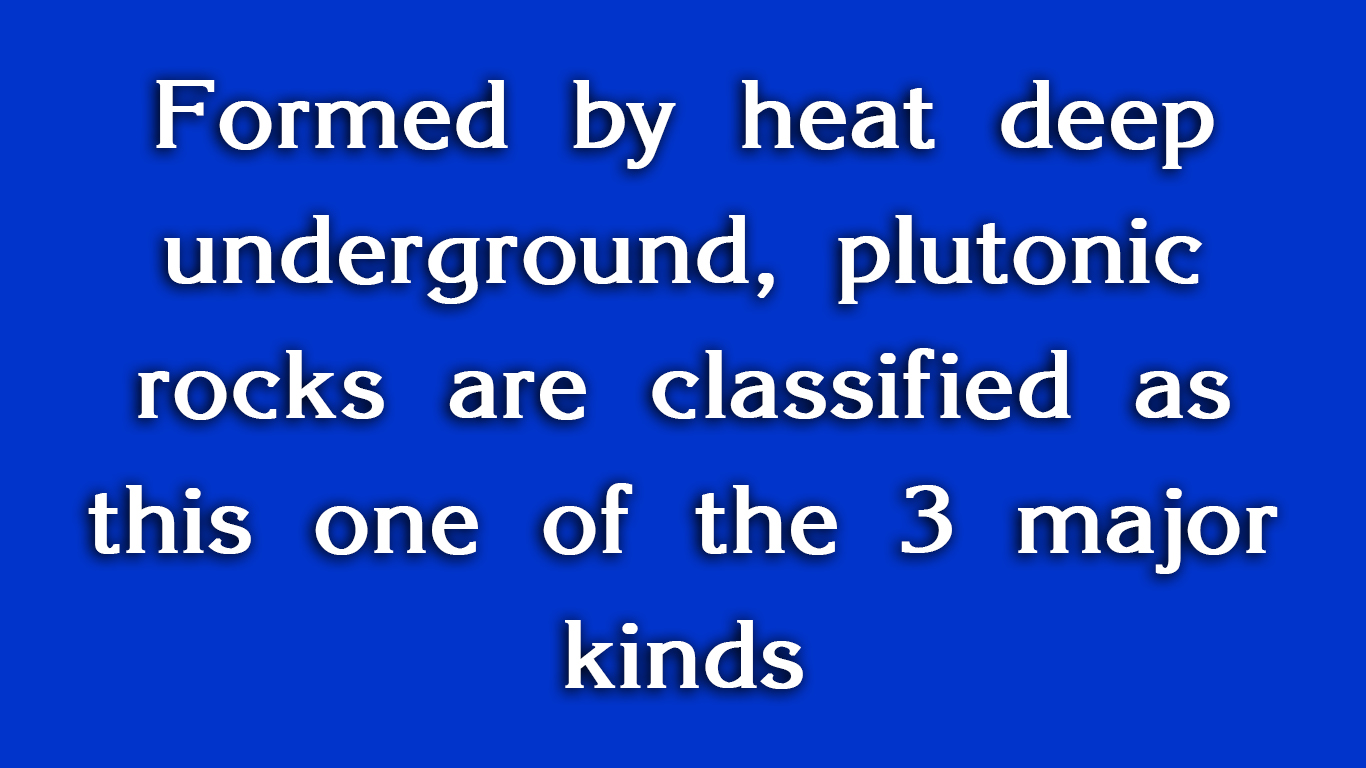
PLANET EARTH $800:
Formed by heat deep underground, plutonic rocks are classified as this one of the 3 major kinds
[in-text-ad-2]
Igneous
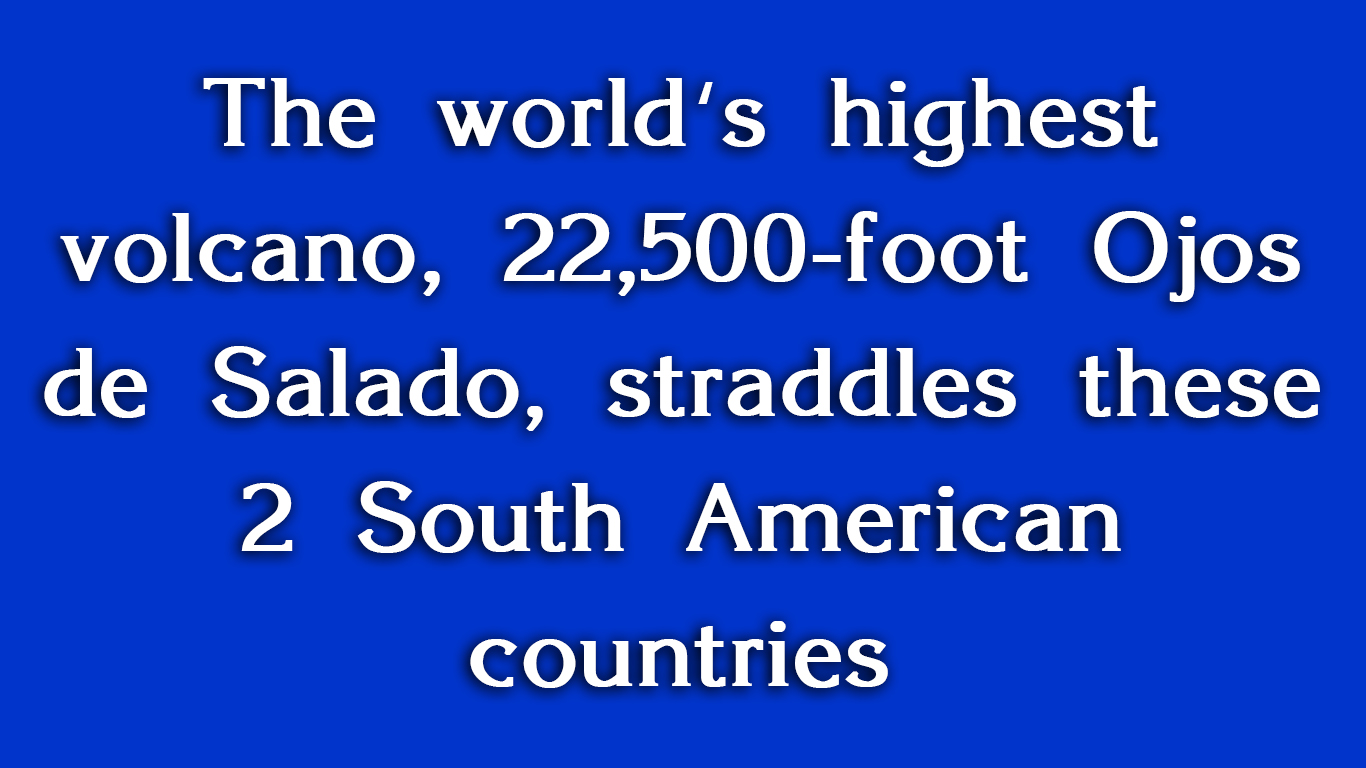
PLANET EARTH $1600:
The world’s highest volcano, 22,500-foot Ojos del Salado, straddles these 2 South American countries
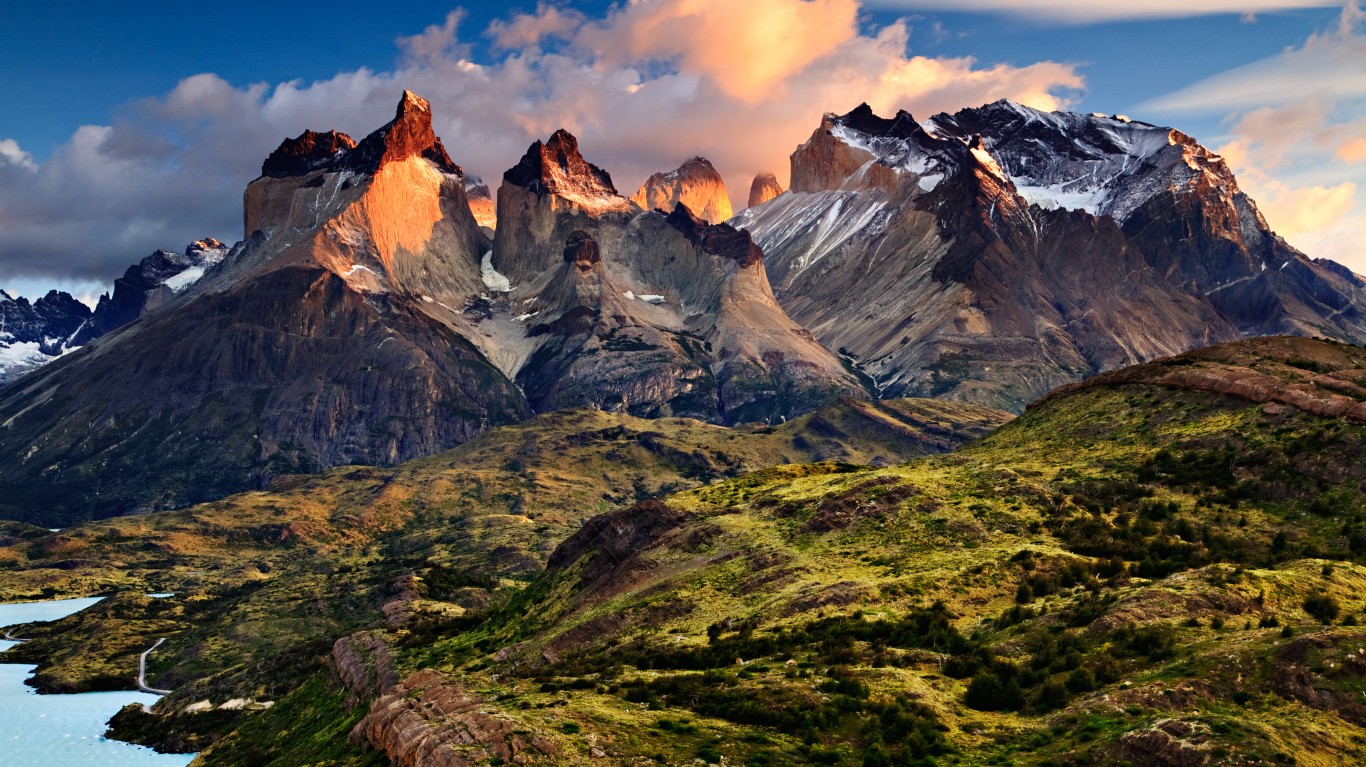
Argentina and Chile

PLANET EARTH $2,000 (Daily Double):
Striations are the scratches these large masses leave behind as they travel over thousands of years
[in-text-ad]
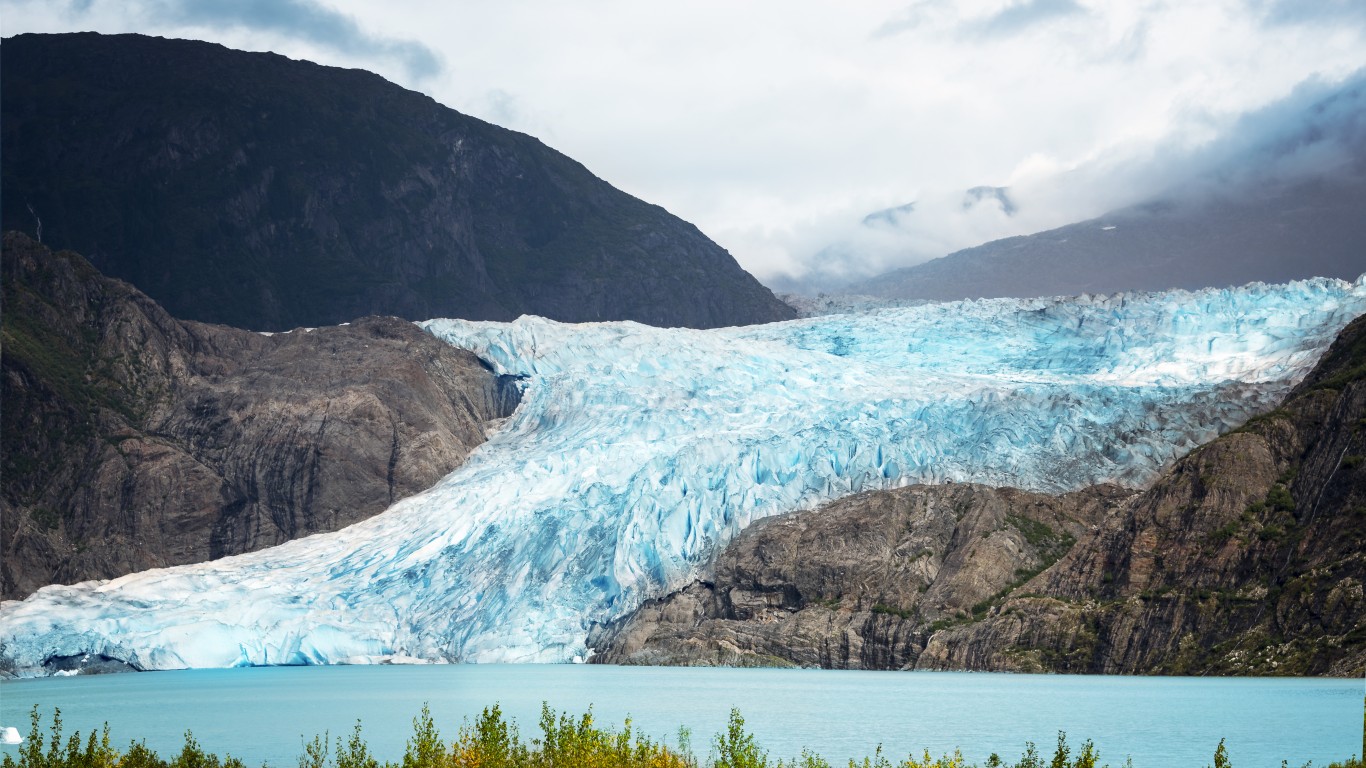
Glaciers

LET’S SET SOME BOUNDARIES $2000:
The PBL, or planetary boundary layer, is a region of this lowest part of the Earth’s atmosphere
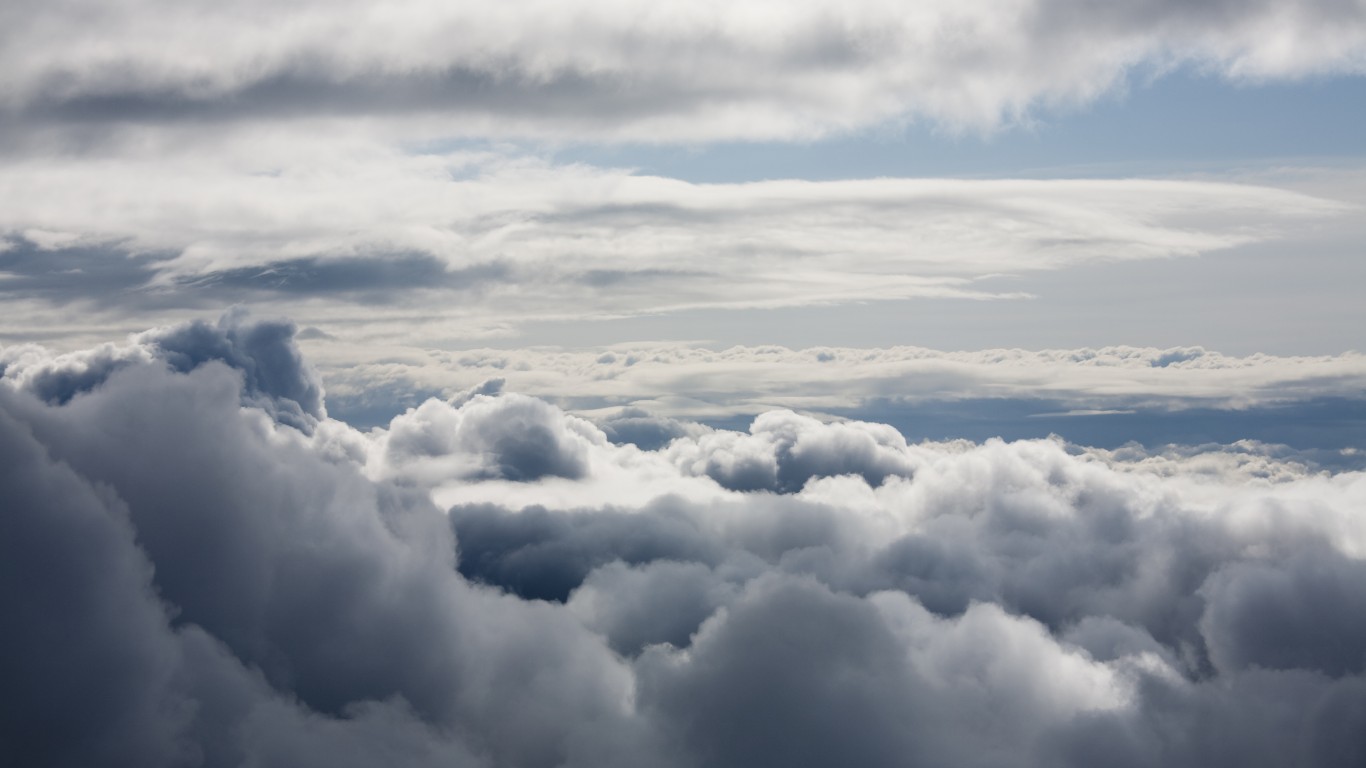
The troposphere
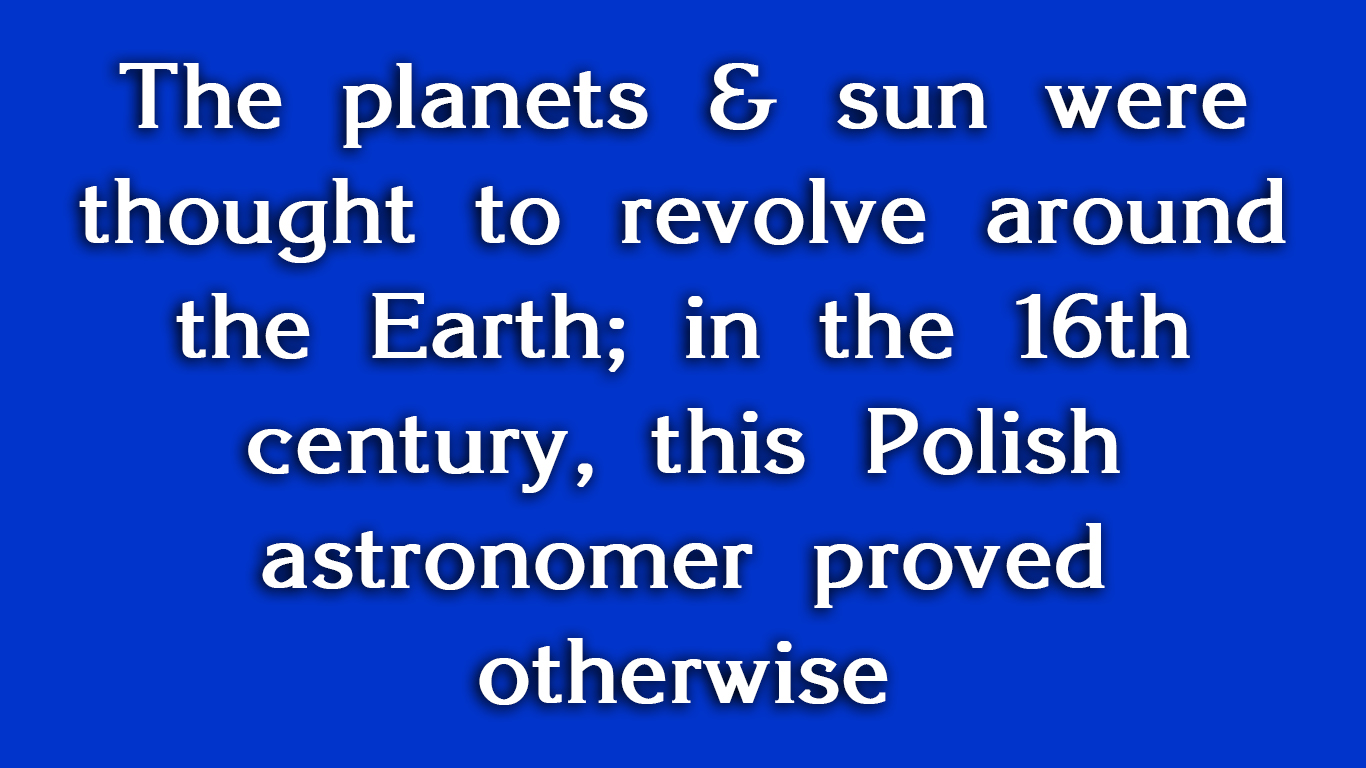
ALTERNATIVE FACTS $400:
The planets & sun were thought to revolve around the Earth; in the 16th century, this Polish astronomer proved otherwise

Copernicus
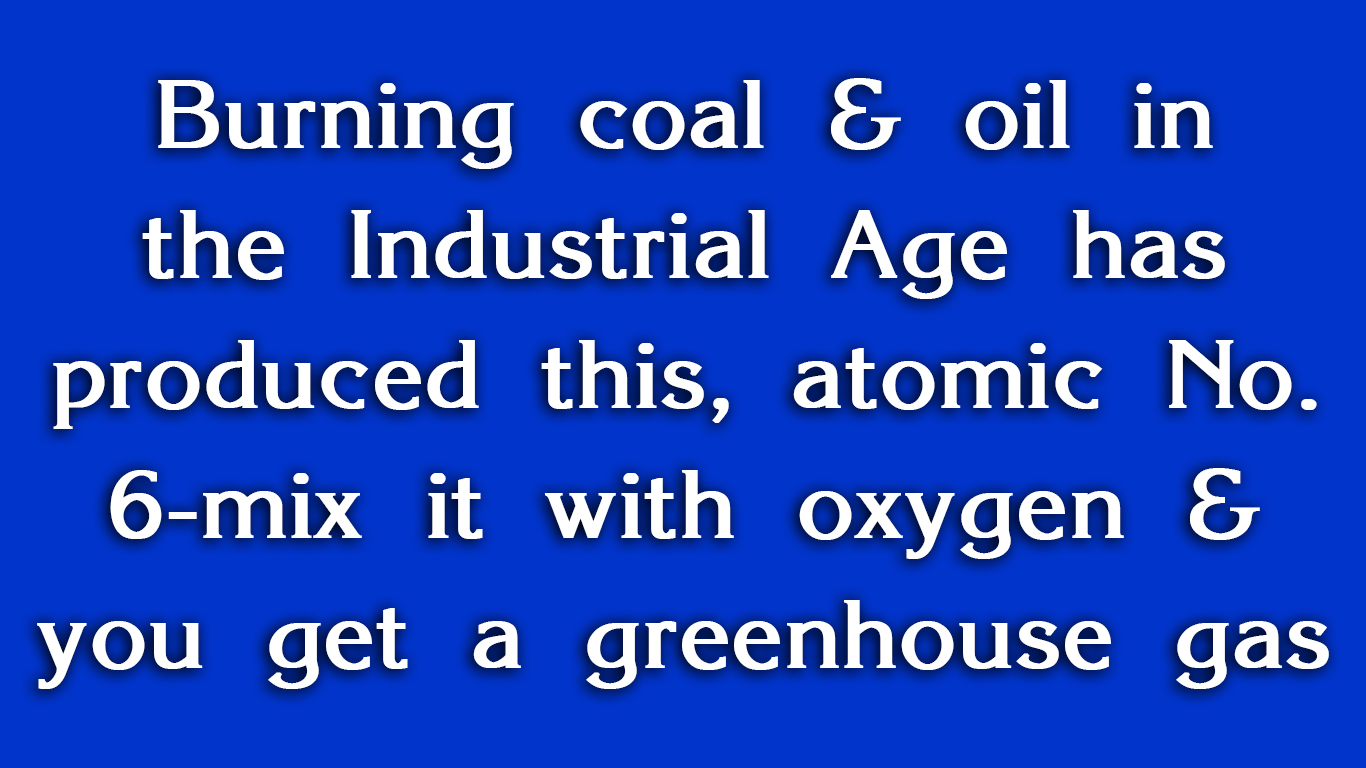
PLANET EARTH $400:
Burning coal & oil in the Industrial Age has produced this, atomic No. 6–mix it with oxygen & you get a greenhouse gas
[in-text-ad-2]
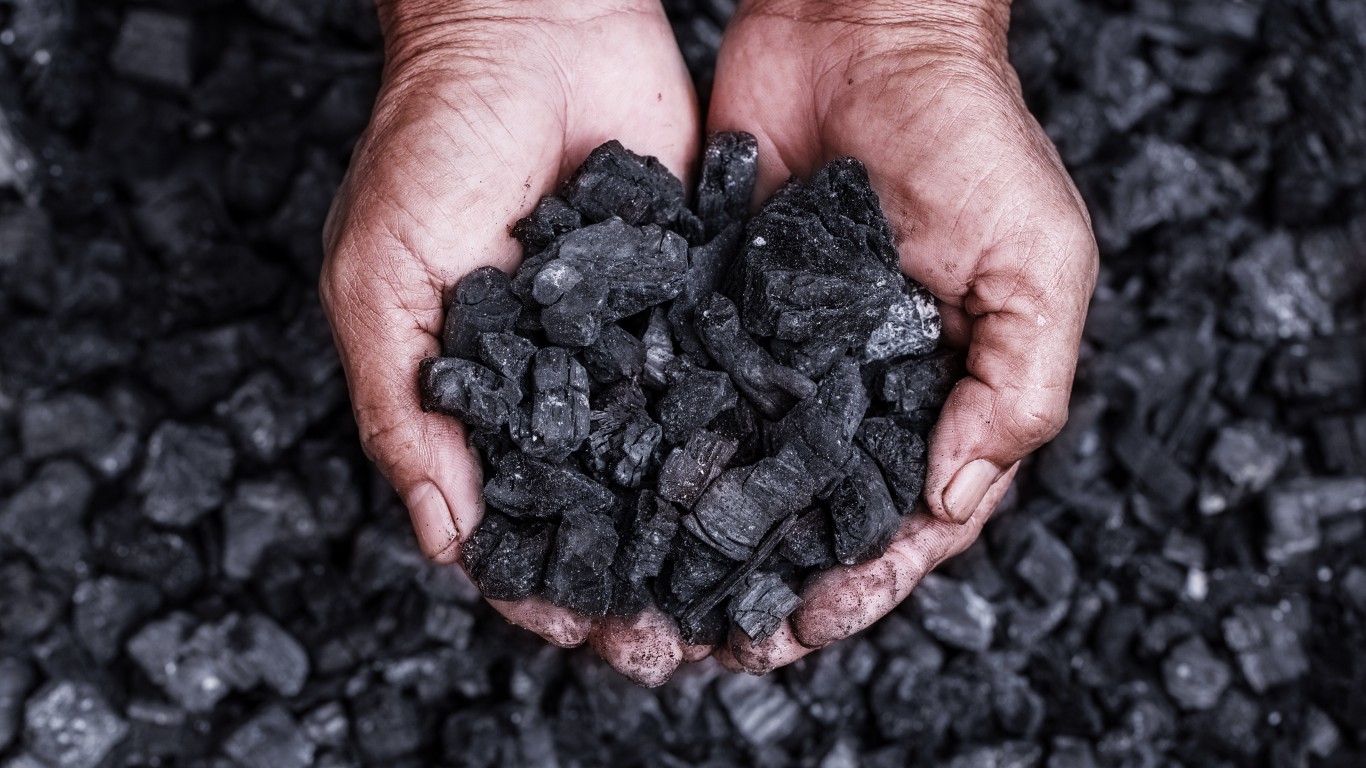
Carbon
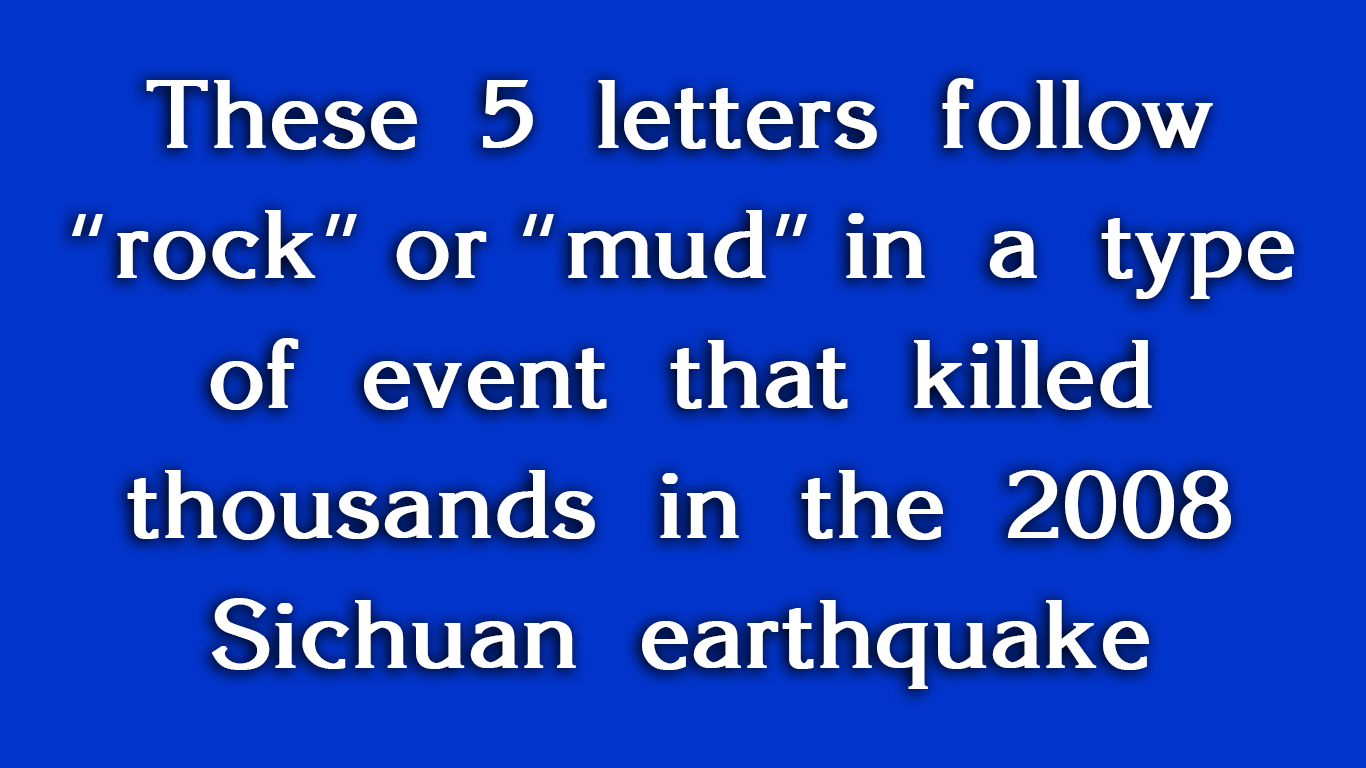
PLANET EARTH $1000:
These 5 letters follow “rock” or “mud” in a type of event that killed thousands in the 2008 Sichuan earthquake
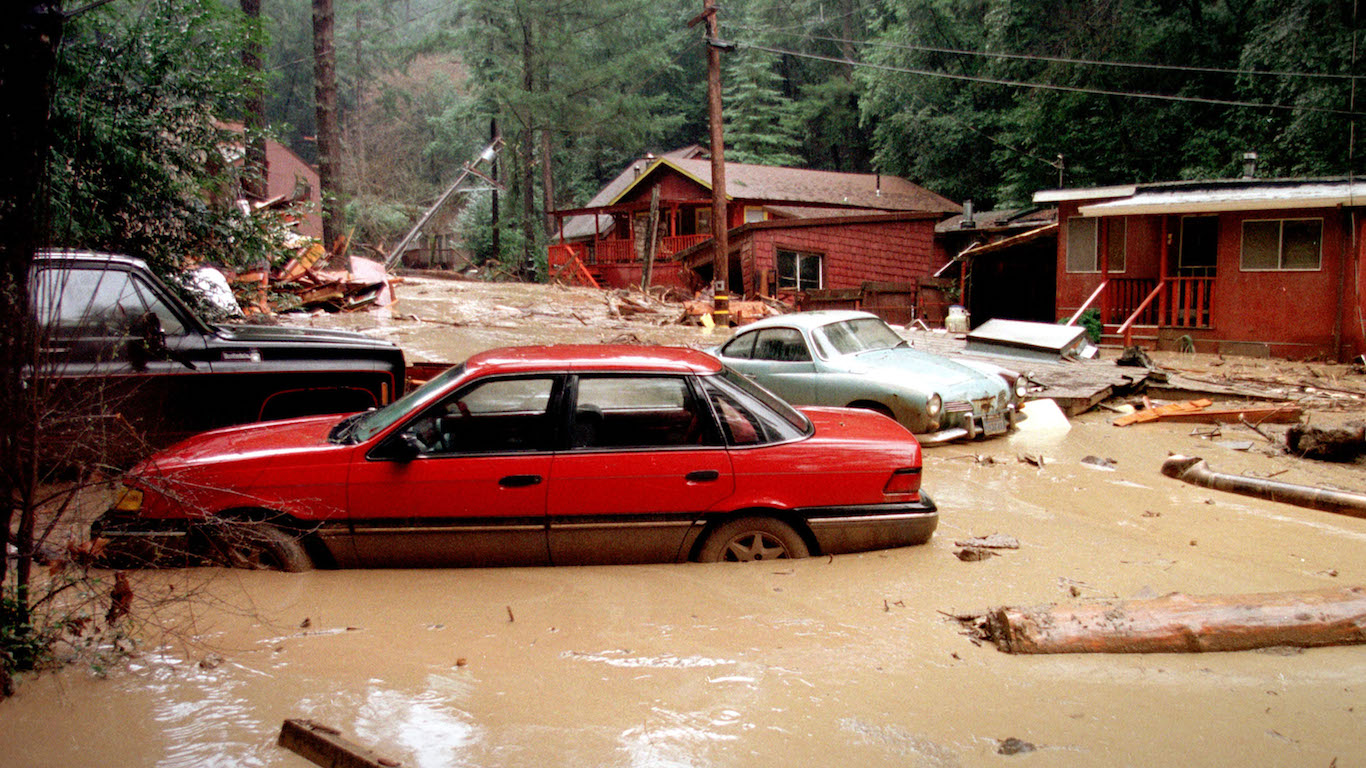
Slide

PLANET EARTH $1,000 (Daily Double):
This dark, organic substance found in soil & formed from decaying matter is good for plants; some might try to eat it with pita
[in-text-ad]

TIME FOR SPACE $1600:
This planet that comes the closest to Earth rotates so slowly that a “day” there lasts longer than its “year”
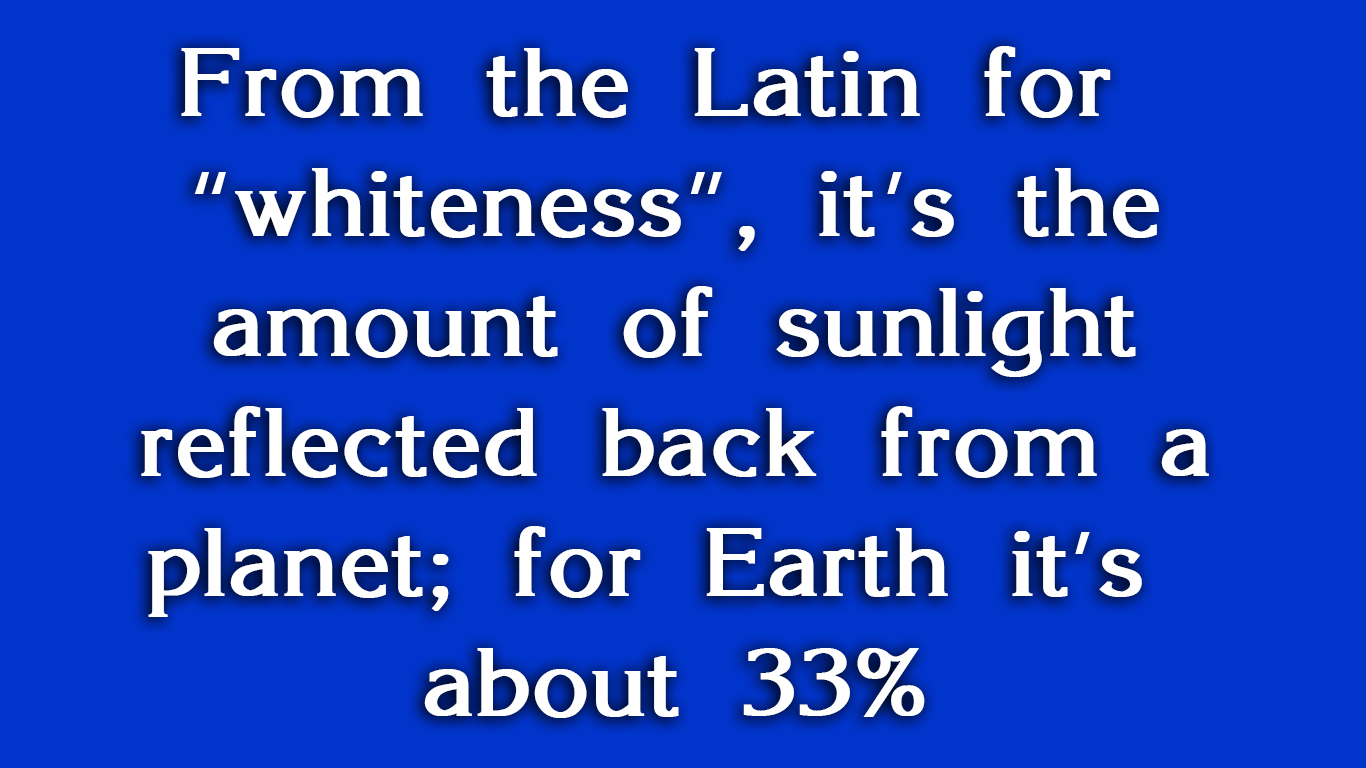
EARTH SCIENCE $2000:
From the Latin for “whiteness”, it’s the amount of sunlight reflected back from a planet; for Earth it’s about 33%

Albedo
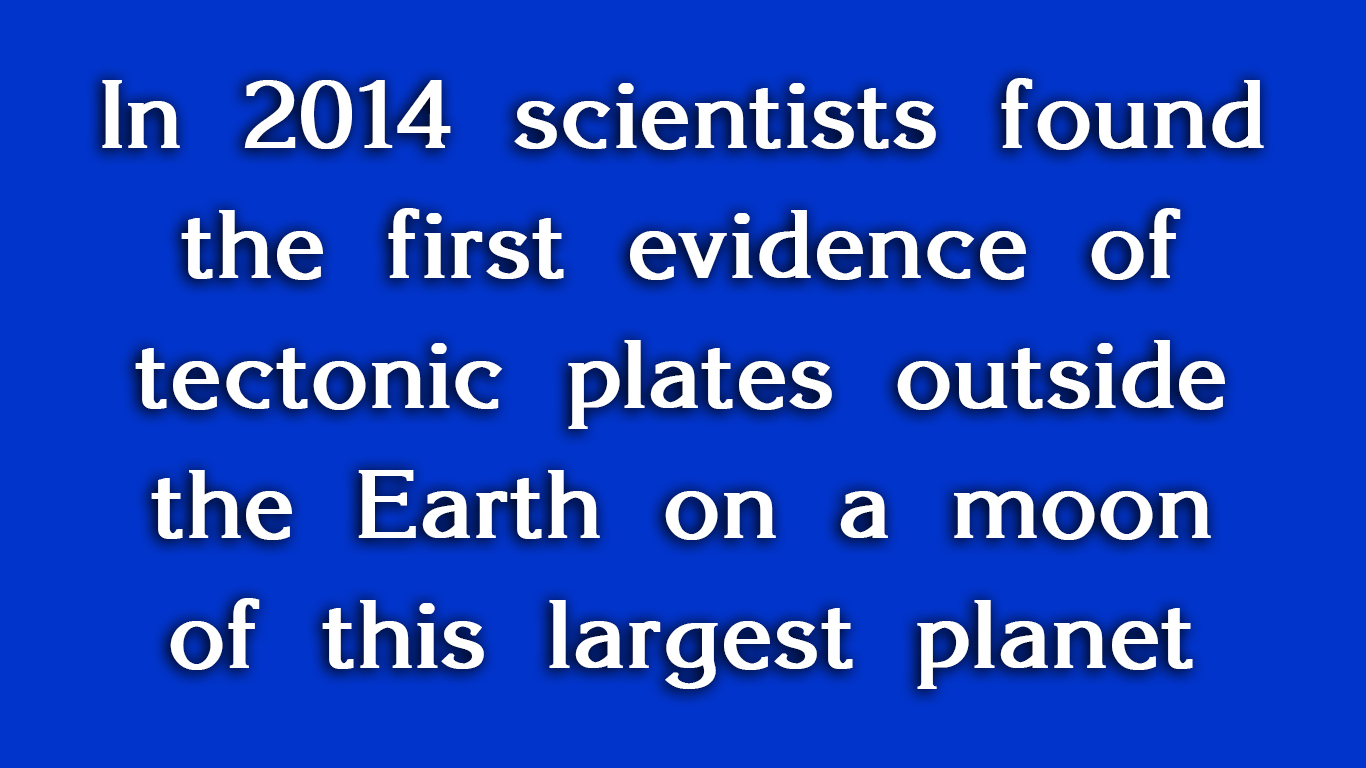
GENERAL SCIENCE $200:
In 2014 scientists found the first evidence of tectonic plates outside the Earth on a moon of this largest planet
[in-text-ad-2]
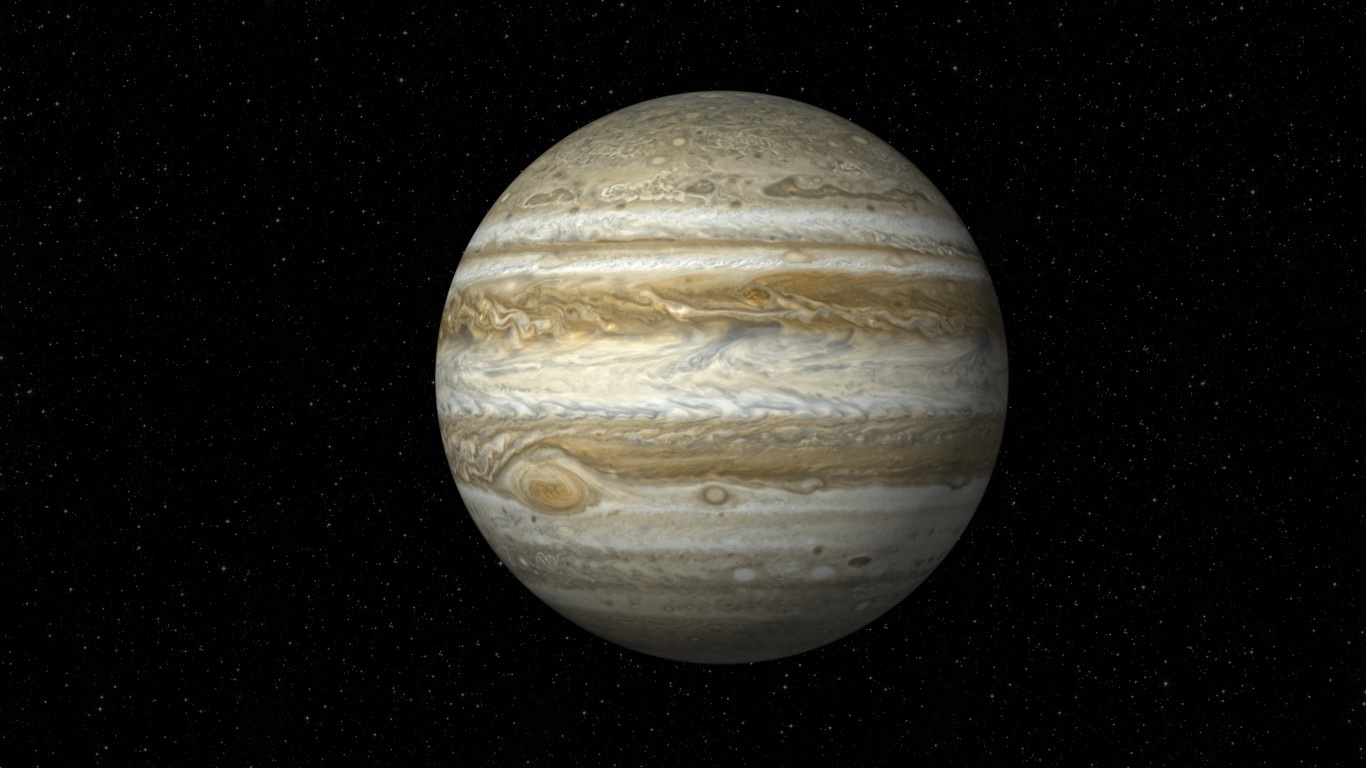
Jupiter

PLANETS OF THE SOLAR SYSTEM $400:
It’s the only planet not named for a Greek or Roman god

Earth
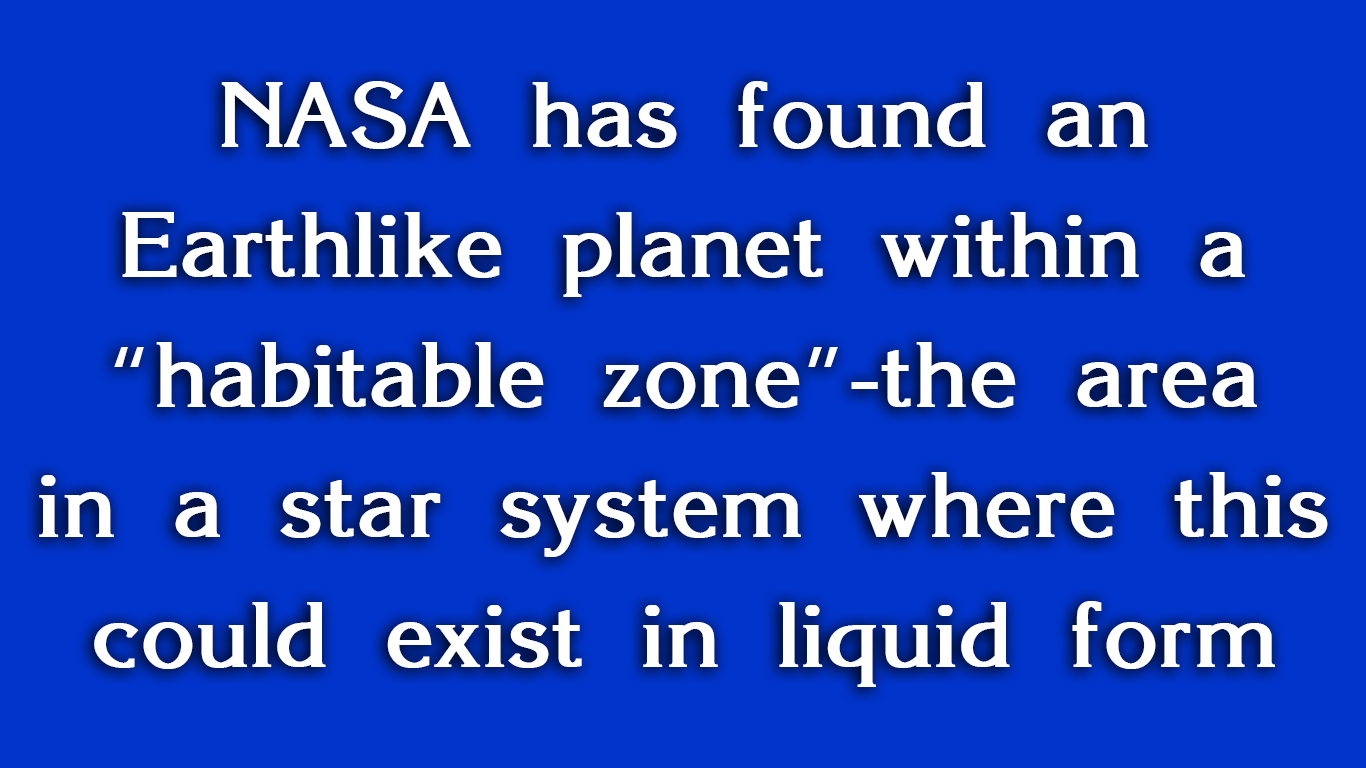
TO THE EXOPLANETS! $400:
NASA has found an Earthlike planet within a “habitable zone”–the area in a star system where this could exist in liquid form
[in-text-ad]

Water
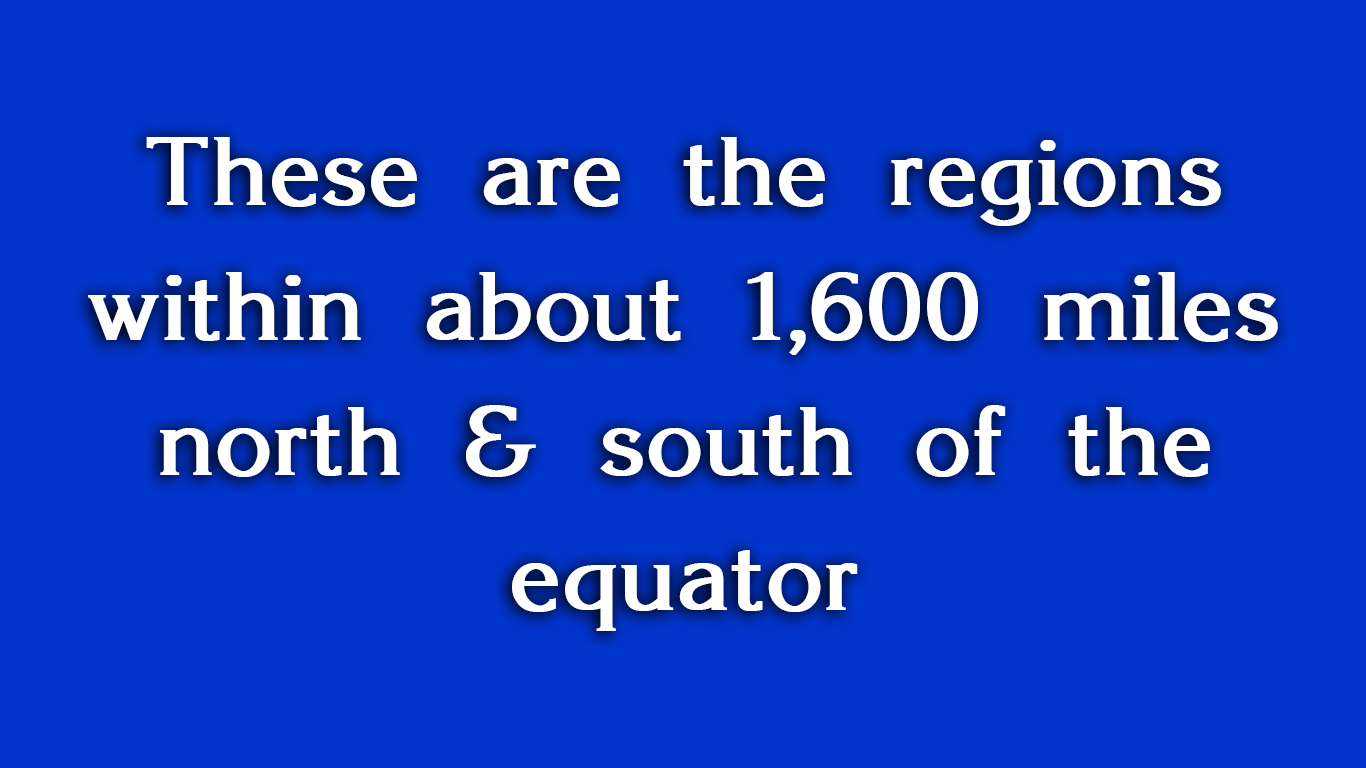
WE LOVE PLANET EARTH $200:
These are the regions within about 1,600 miles north & south of the equator

The tropics

WE LOVE PLANET EARTH $400:
The emmer type of this was one of the first cultivated crops over 10,000 years ago
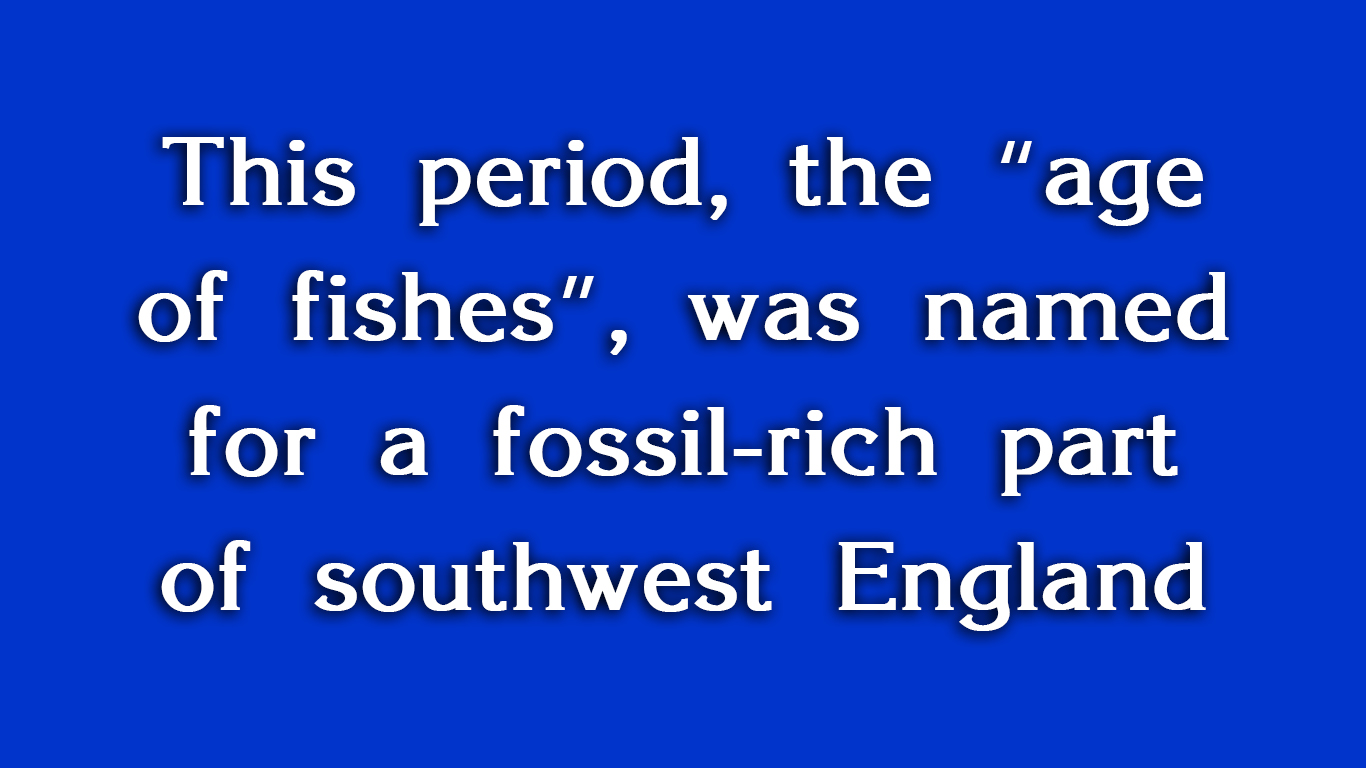
WE LOVE PLANET EARTH $800:
This period, the “age of fishes”, was named for a fossil-rich part of southwest England
[in-text-ad-2]
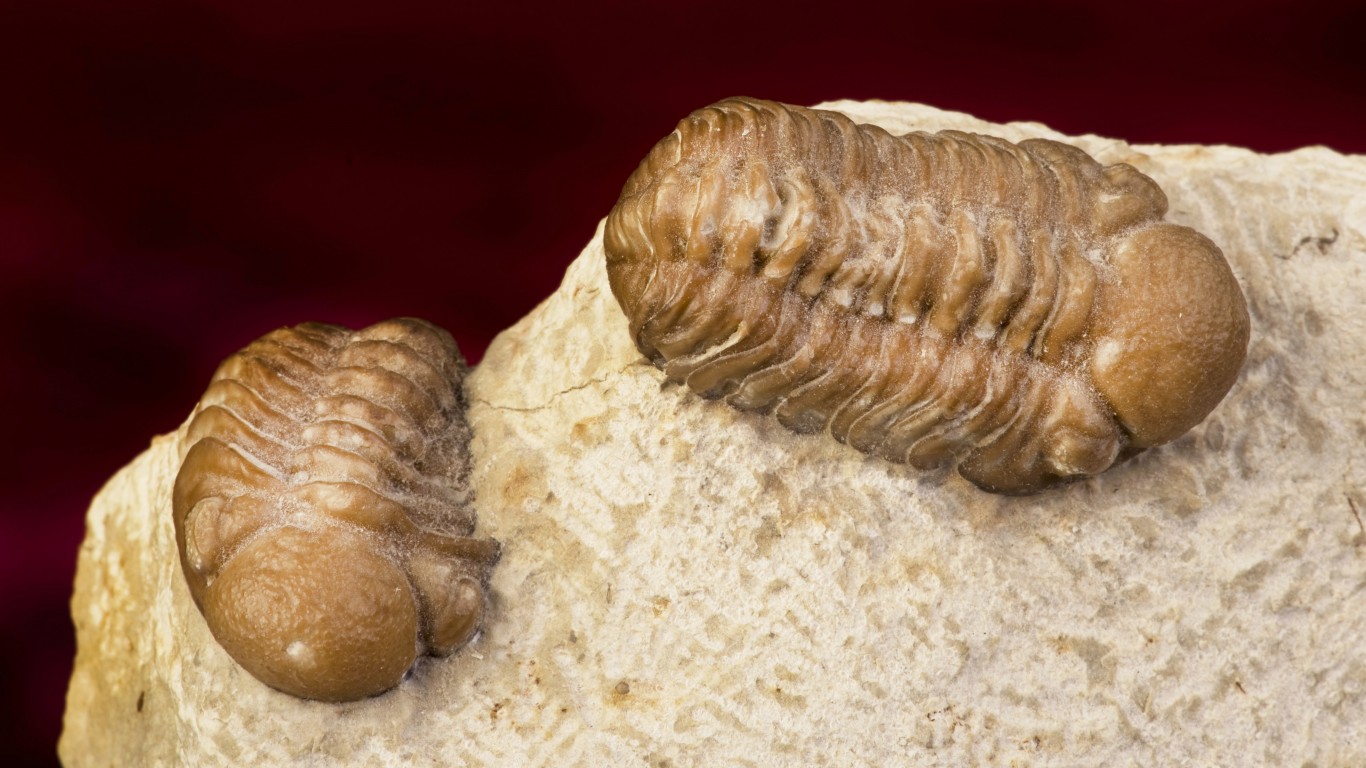
The Devonian period
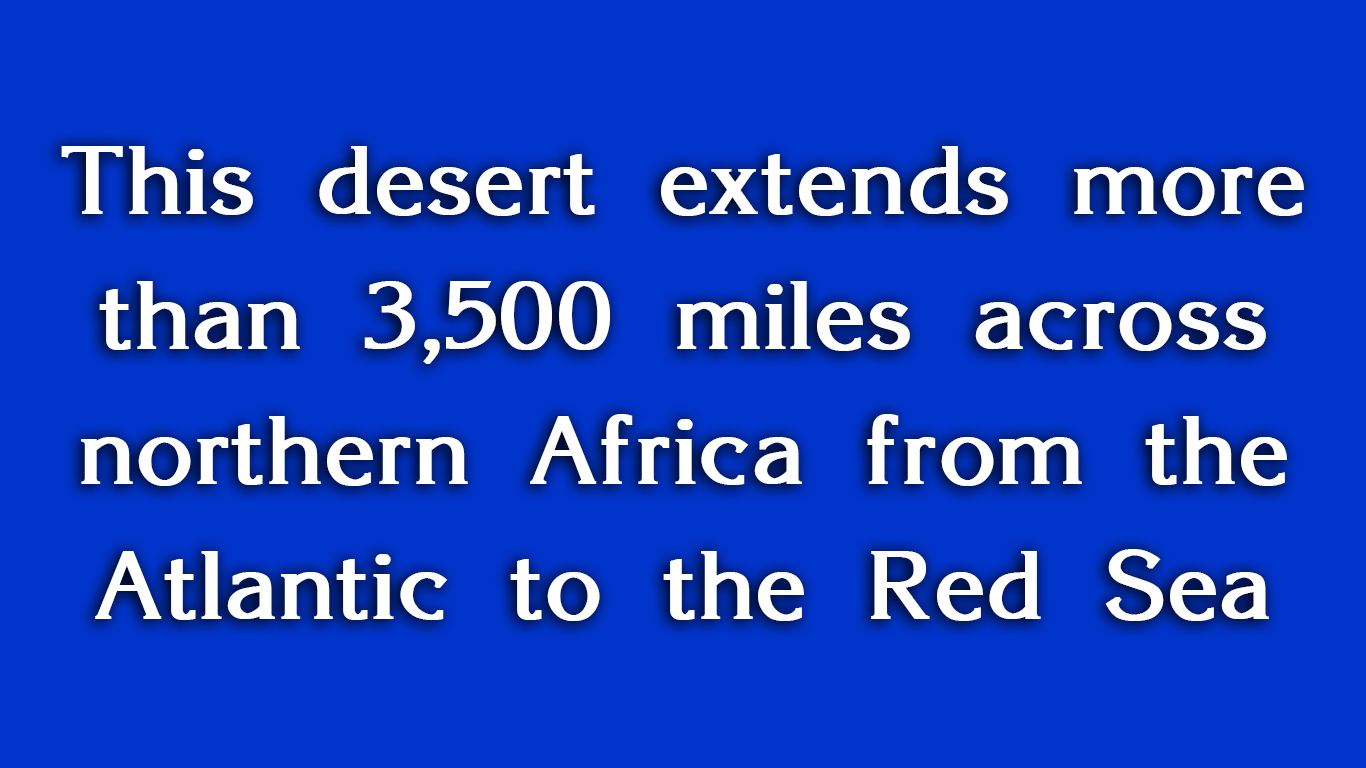
GOOD OLD PLANET EARTH $200:
This desert extends more than 3,500 miles across northern Africa from the Atlantic to the Red Sea
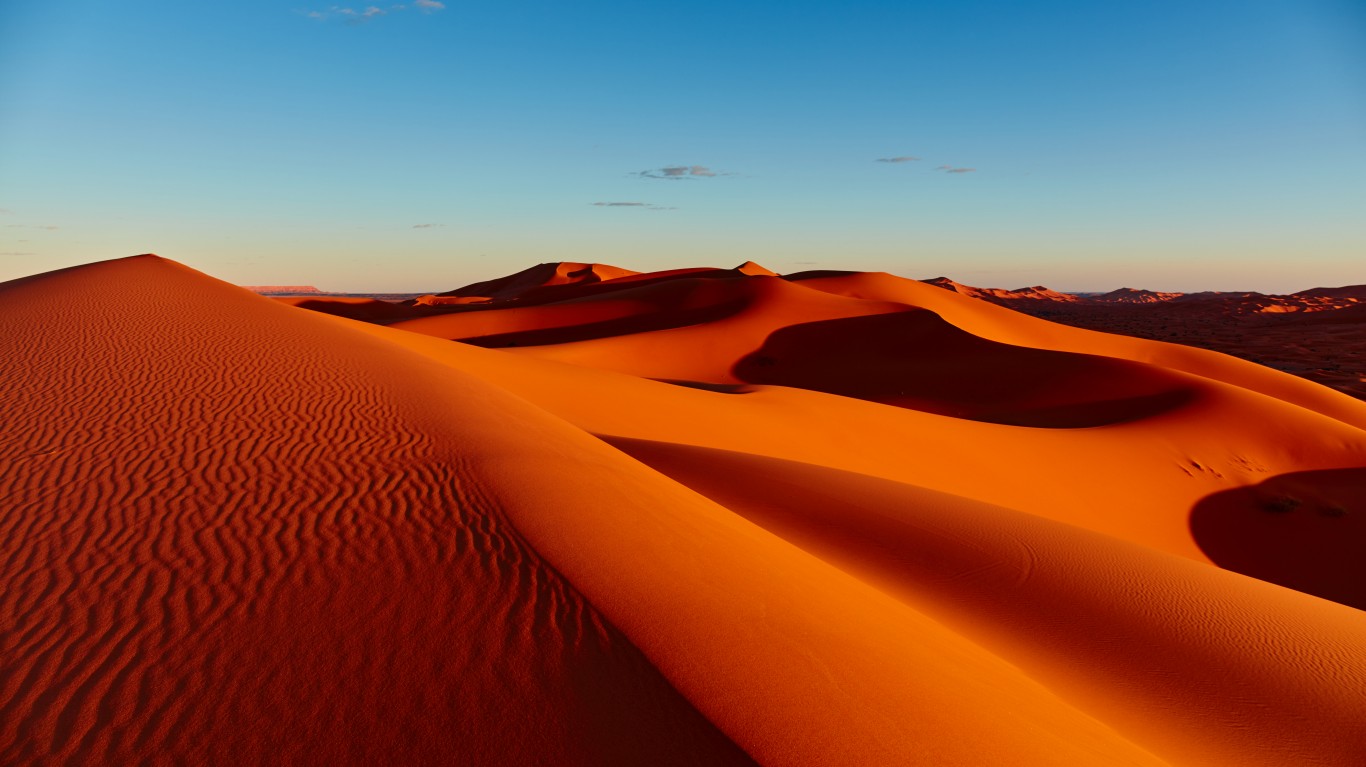
The Sahara

GOOD OLD PLANET EARTH $400:
It’s wet, sticky earth; it’s also a term for nasty accusations politicians throw at each other
[in-text-ad]
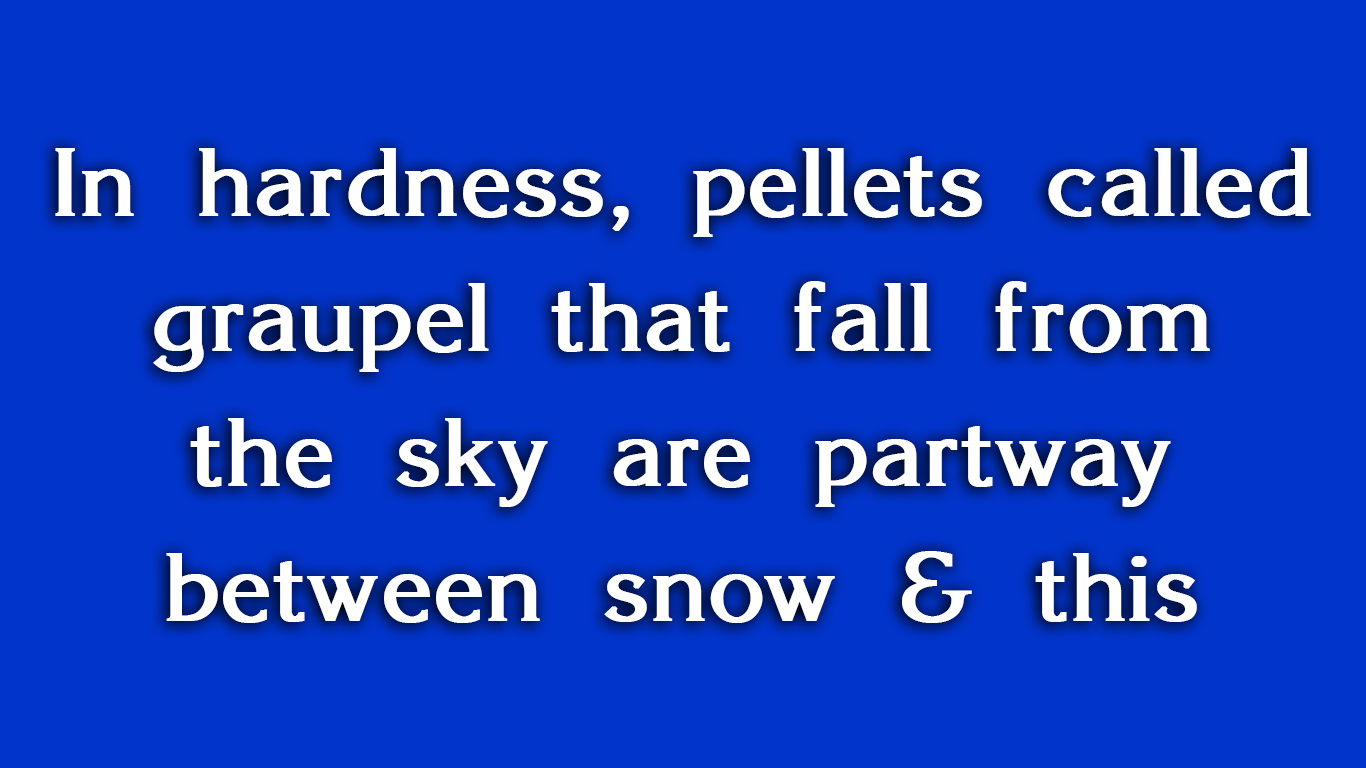
GOOD OLD PLANET EARTH $600:
In hardness, pellets called graupel that fall from the sky are partway between snow & this

Hail
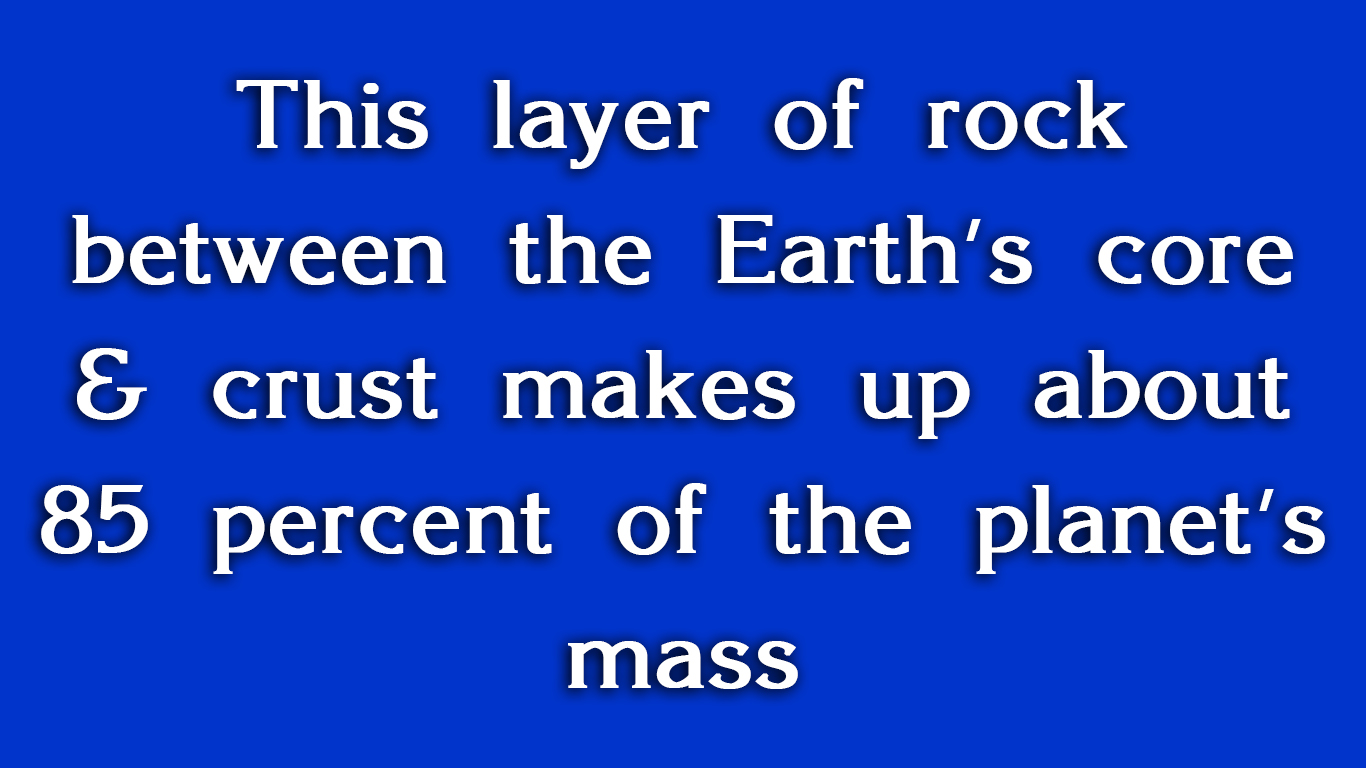
GEOLOGY $800:
This layer of rock between the Earth’s core & crust makes up about 85 percent of the planet’s mass
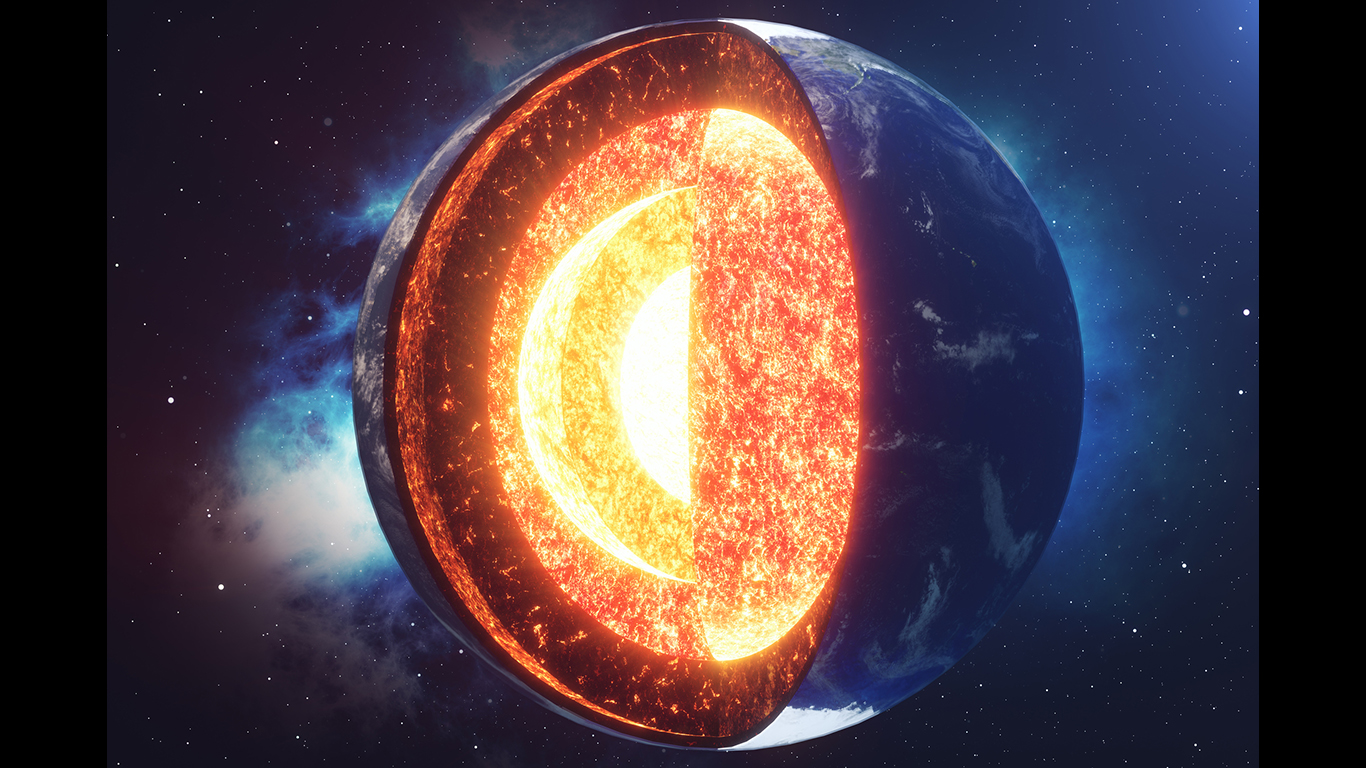
The mantle

DOWN TO EARTH $400:
When it’s closest to the Earth, this planet with a 687-day year is about 33 million miles away
[in-text-ad-2]
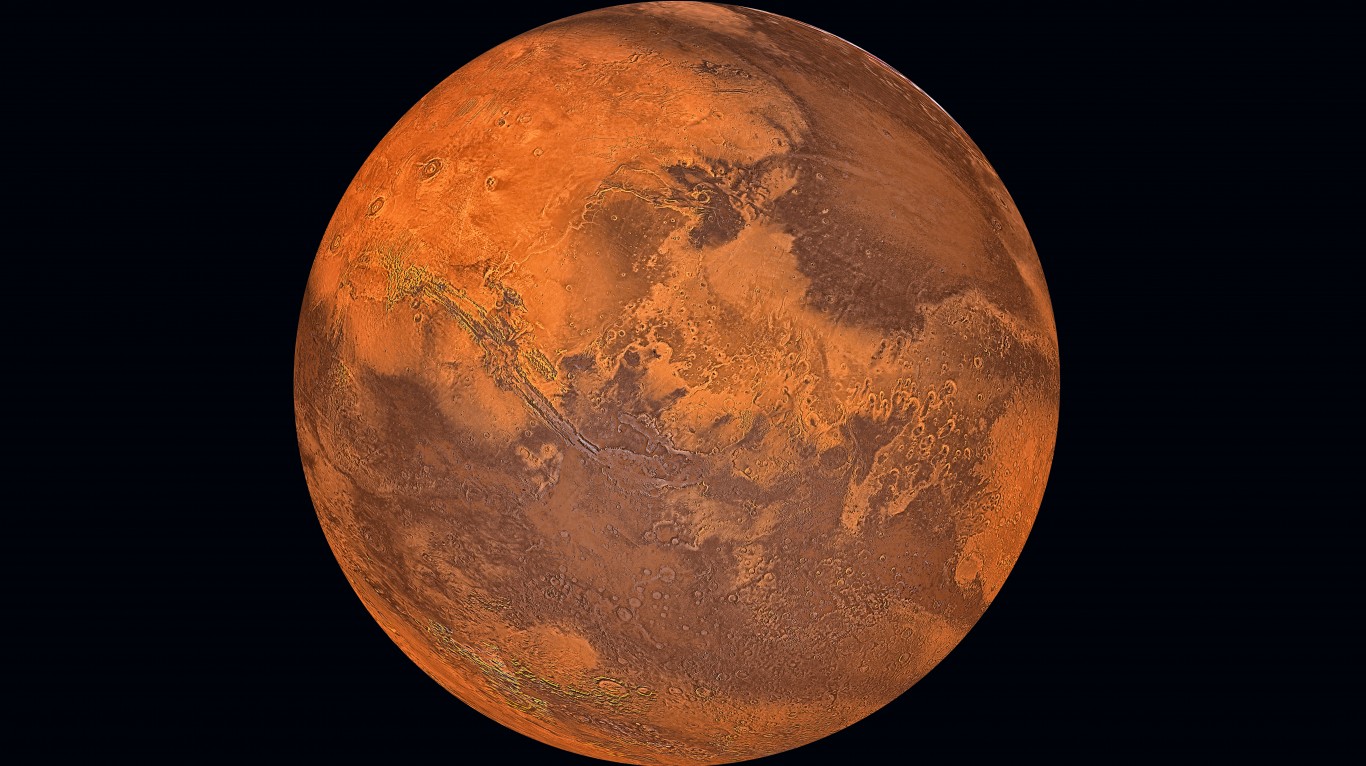
Mars
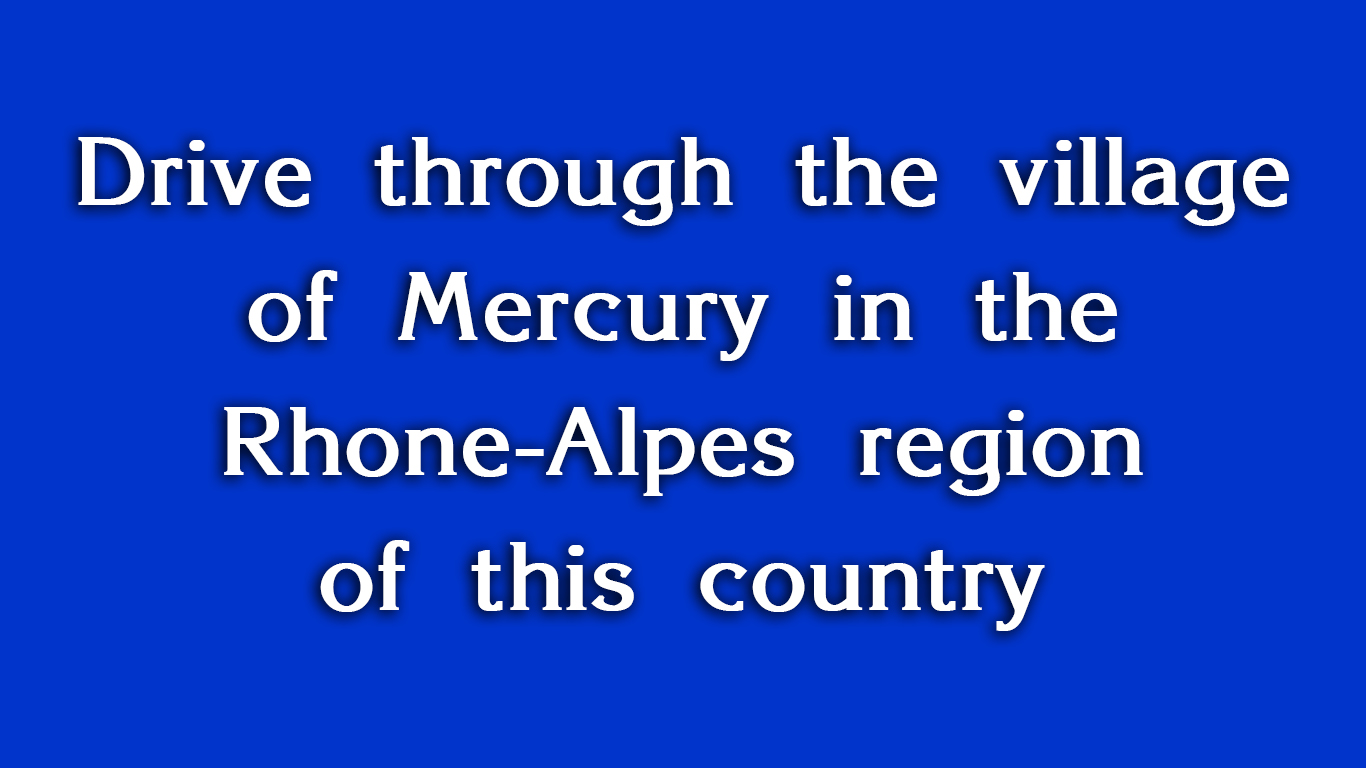
PLANETS ON EARTH $200:
Drive through the village of Mercury in the Rhone-Alpes region of this country

France

IT’S ALL GREEK TO ME $1200:
This word is from the Greek for “wanderer”; the fact that the Earth was one wasn’t figured out till later
[in-text-ad]
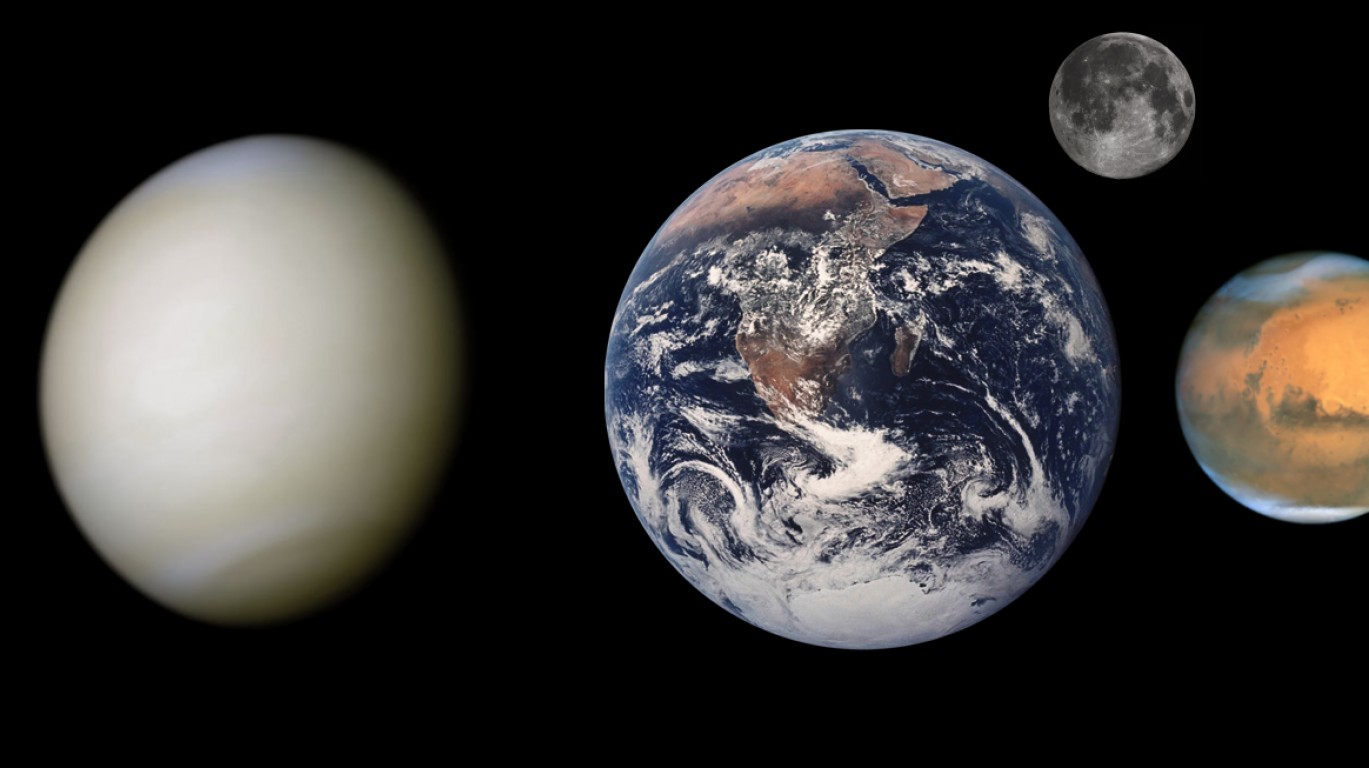
Planet

LOTS OF SPACE $800:
On August 27, 2003 this planet reached its closest point to Earth in nearly 60,000 years
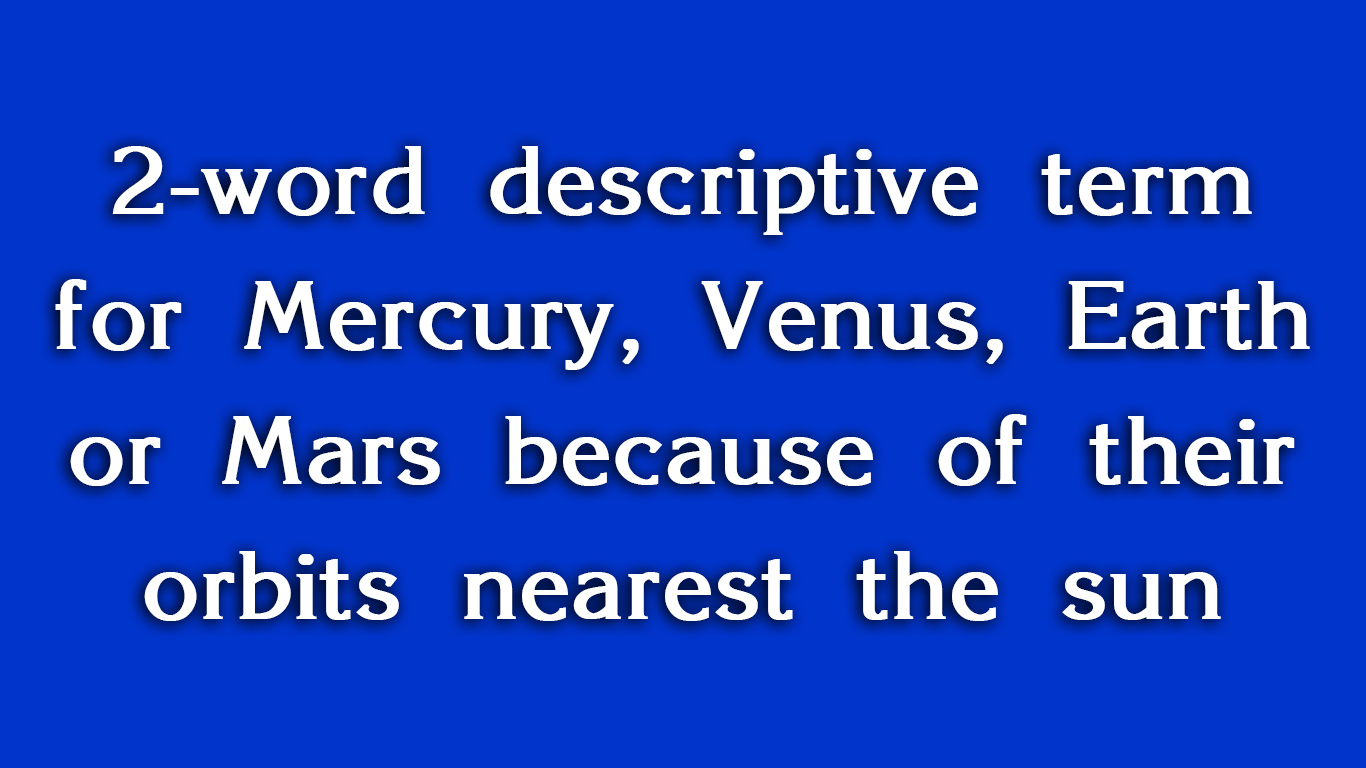
ONE “PLANET” $1600:
2-word descriptive term for Mercury, Venus, Earth or Mars because of their orbits nearest the sun

The inner planets

THE PLANETS $200:
This ringed planet is the farthest one from earth that can be seen with the naked eye
[in-text-ad-2]

Saturn

THE PLANETS $800:
Astrologers say that when this “Planet of Communication” goes retrograde, stuff on Earth falls apart

Mercury
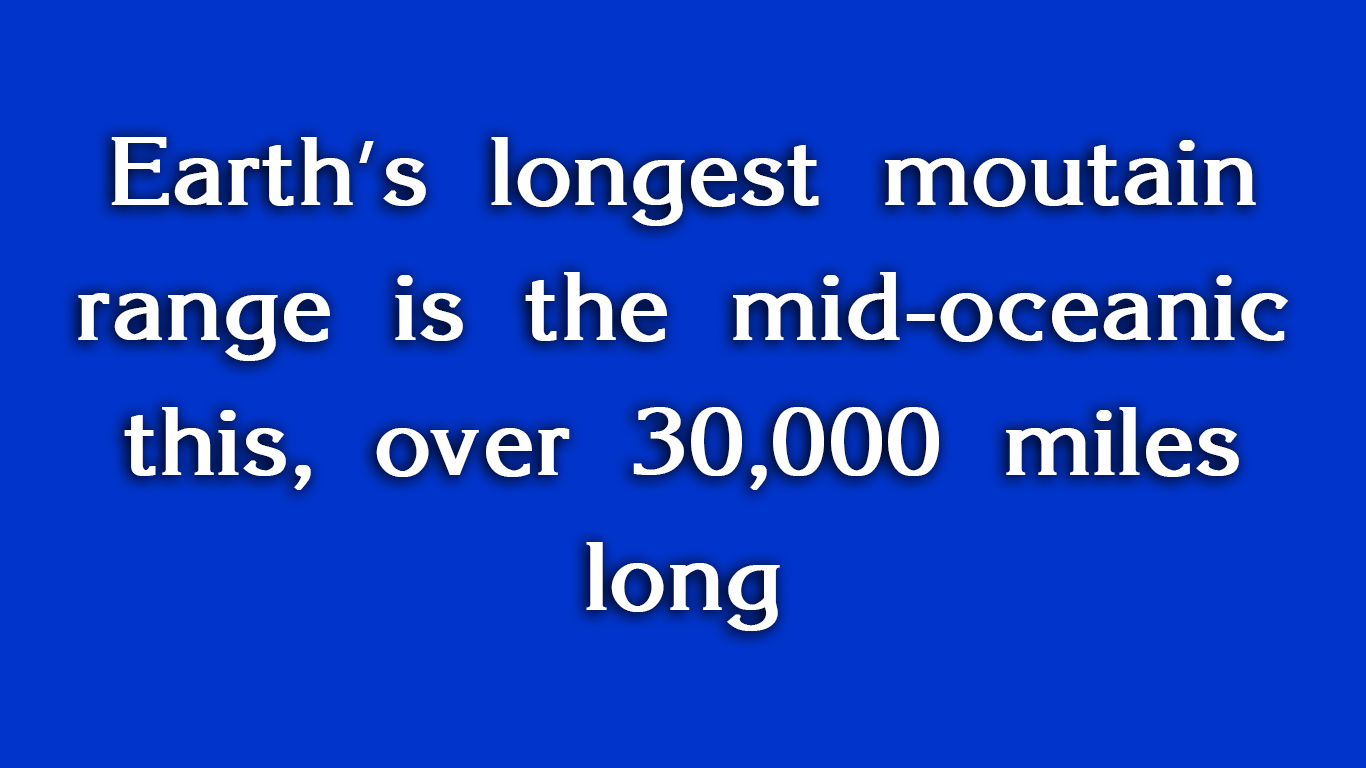
DISCOVERY CHANNEL $400:
Earth’s longest mountain range is the mid-oceanic this, over 30,000 miles long
[in-text-ad]

The ridge

SPACE EXPLORATION $300:
On February 14, 1990, it took its final photo from 3.7 billion miles: of the sun & 6 planets, including the Earth
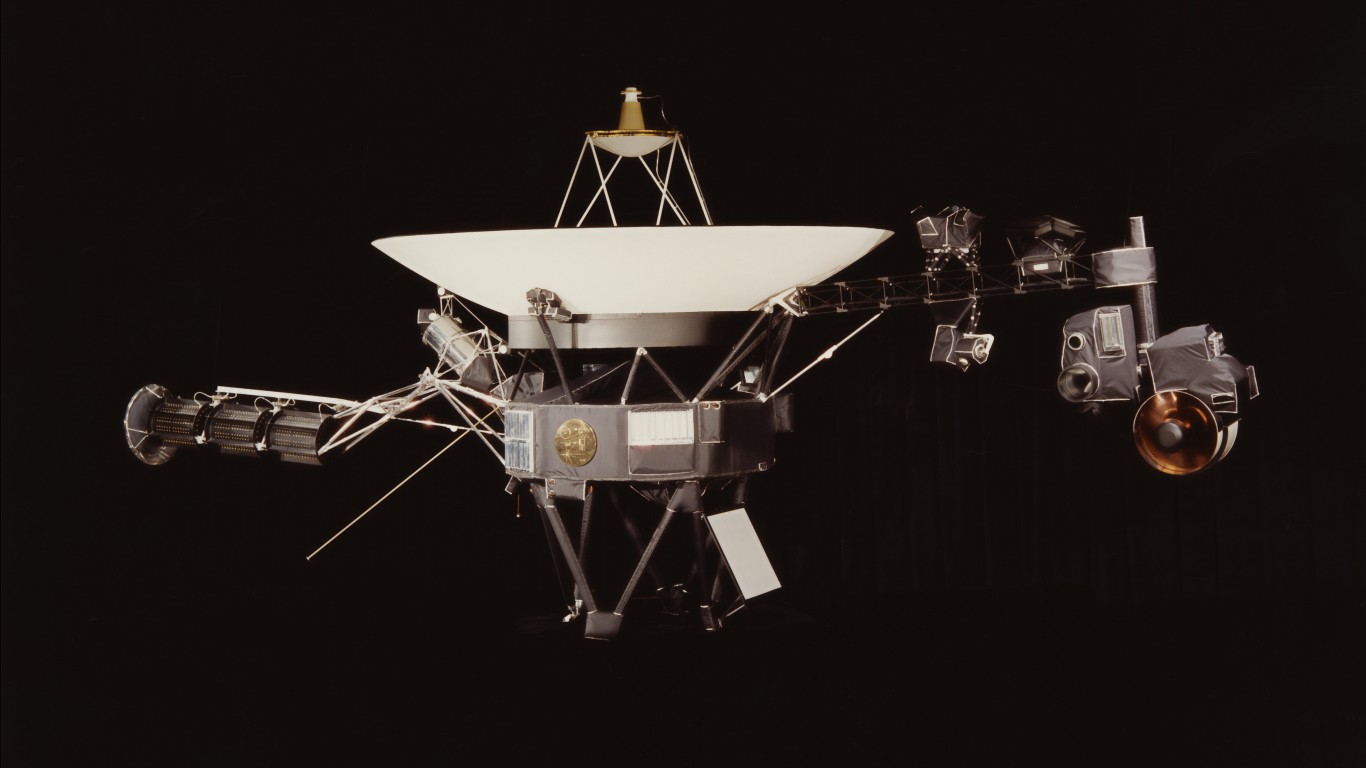
Voyager
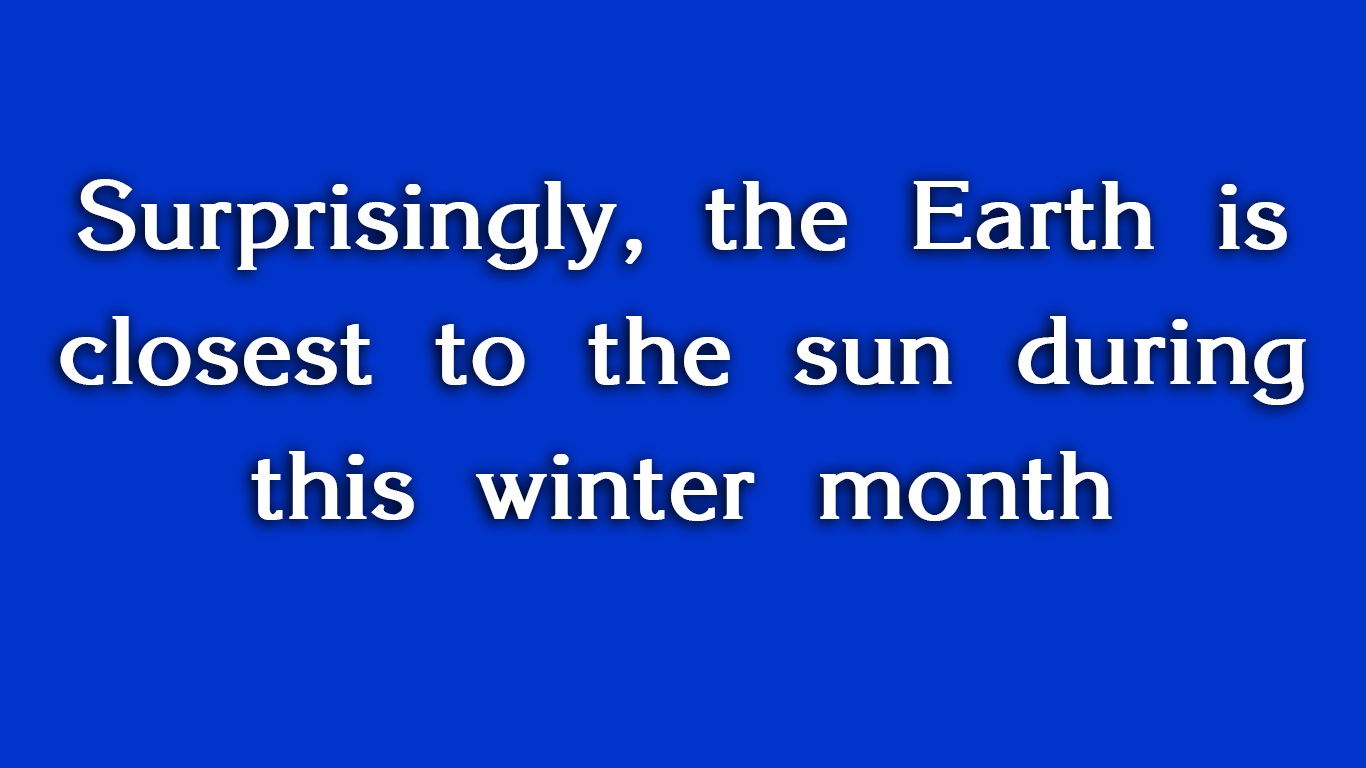
THIS IS PLANET EARTH $600:
Surprisingly, the Earth is closest to the sun during this winter month

January
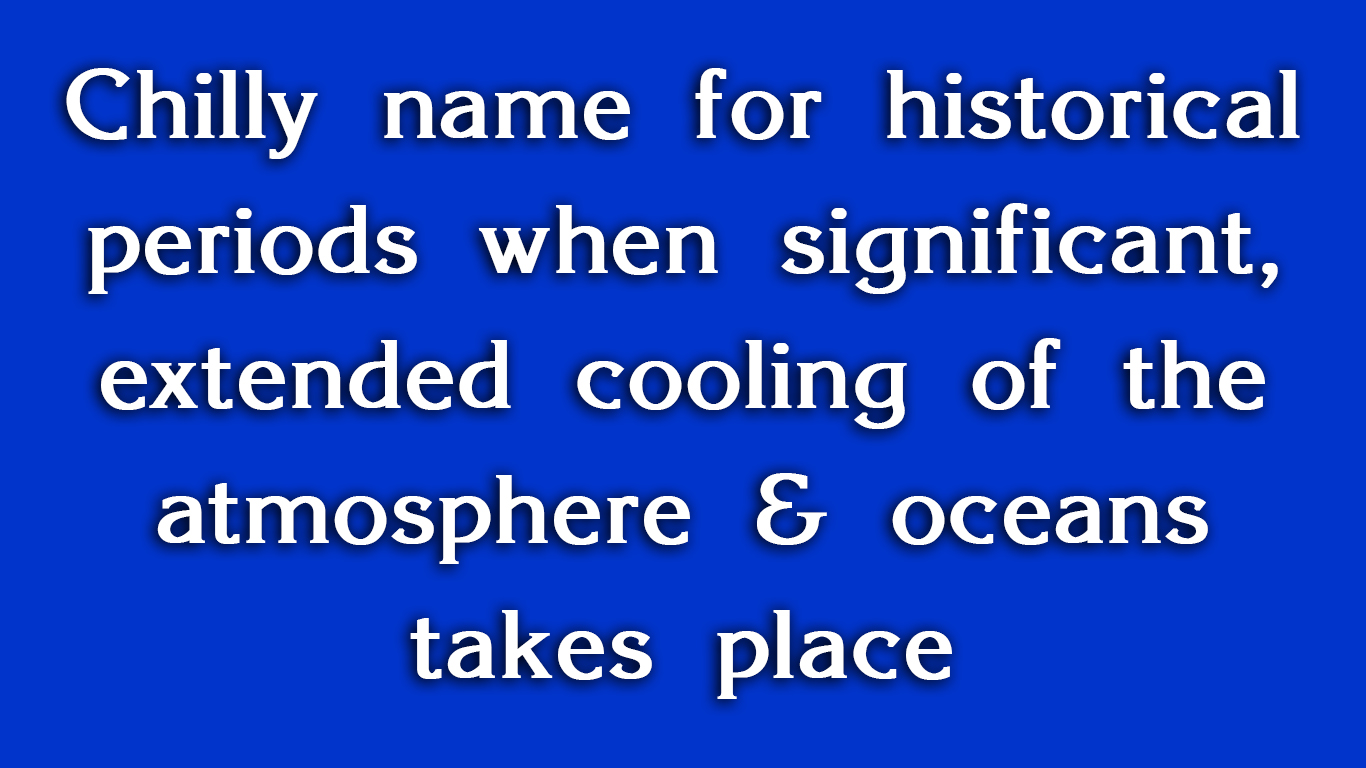
THIS IS PLANET EARTH $800:
Chilly name for historical periods when significant, extended cooling of the atmosphere & oceans takes place
[in-text-ad-2]
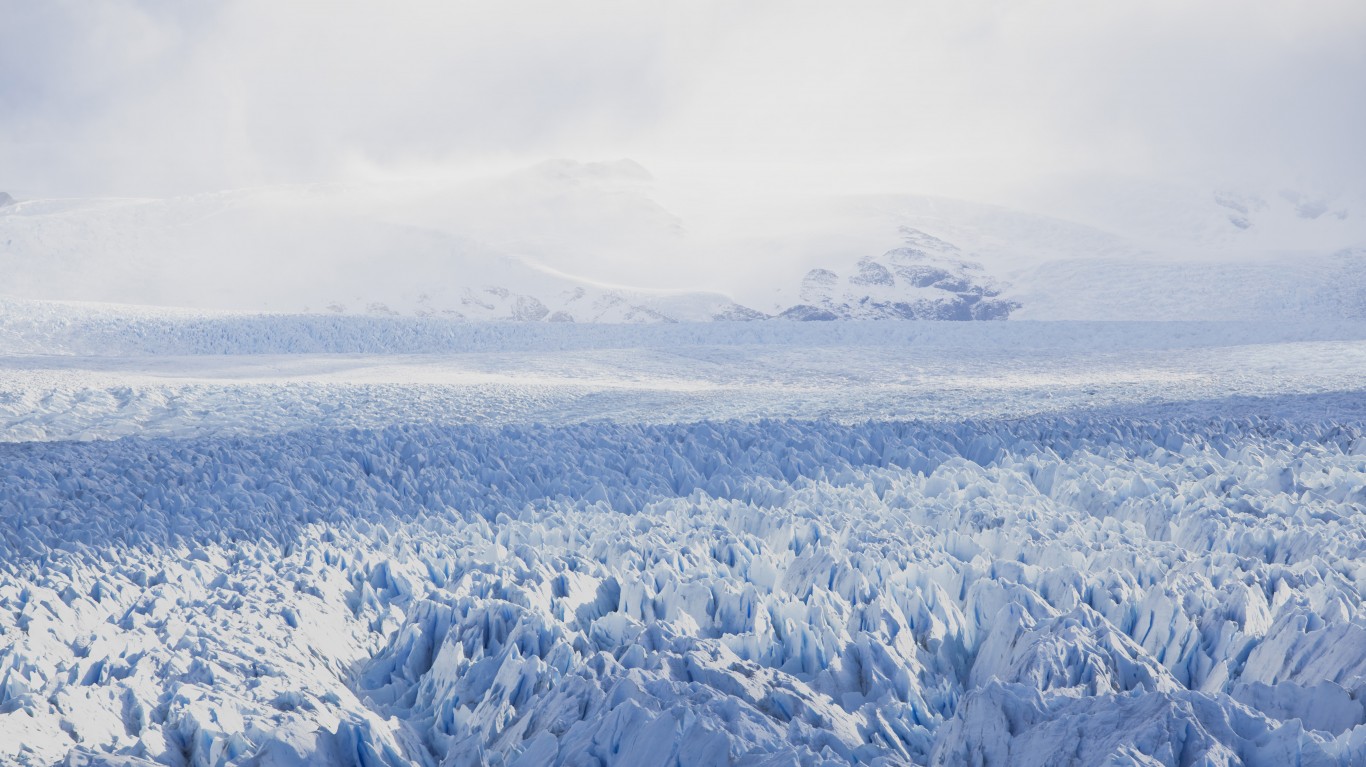
Ice Age

THIS IS PLANET EARTH $1000:
Imaginary geographic lines around the Earth include the equator & these 2 “tropics”
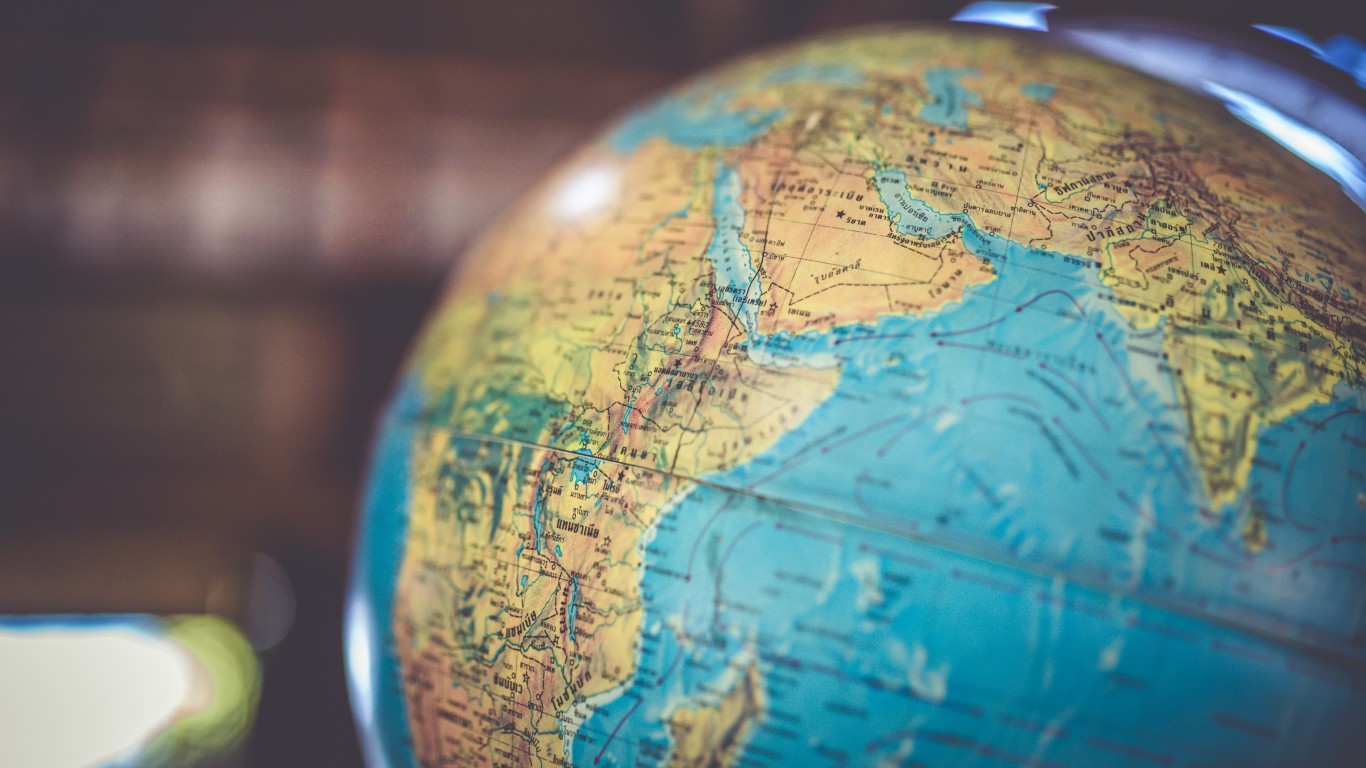
Cancer and Capricorn

THE SOLAR SYSTEM $200:
To those on Earth, 8 of the planets appear in the band of constellations known as this
[in-text-ad]
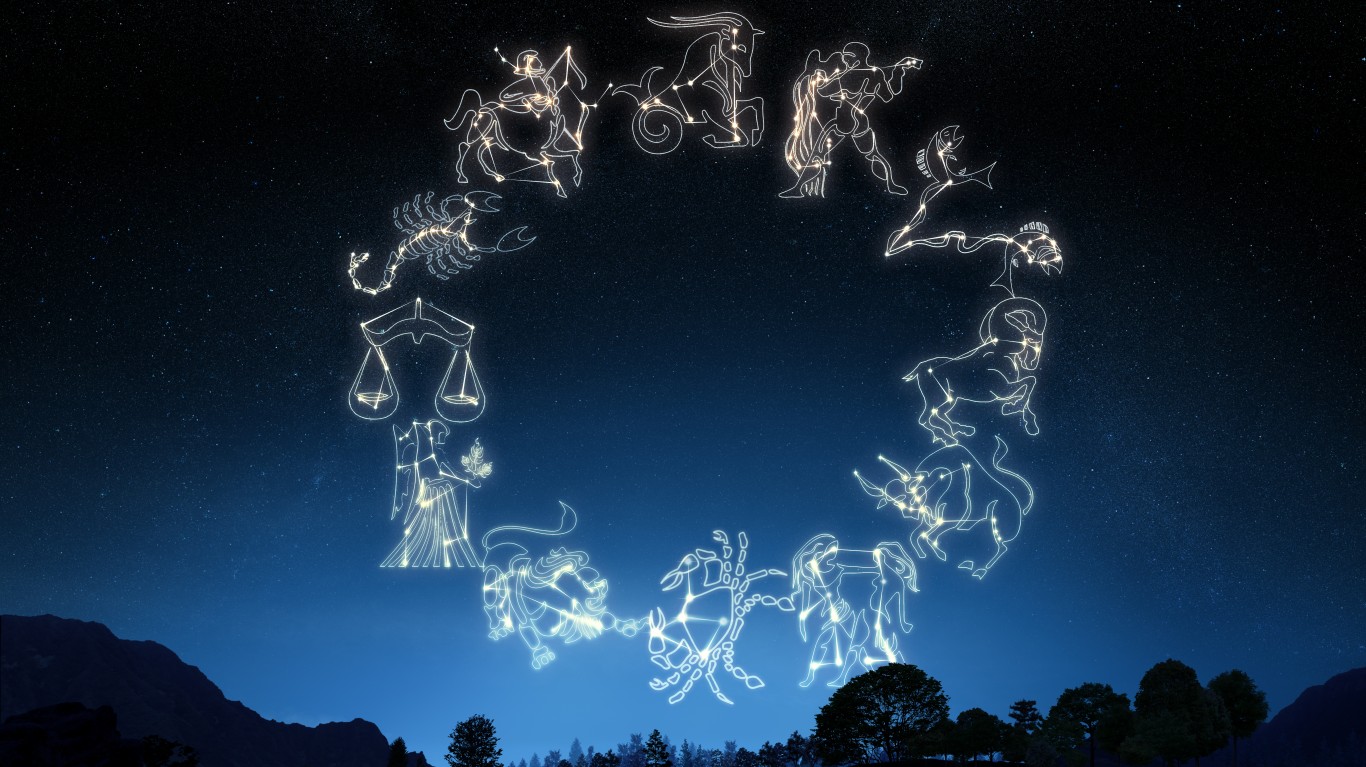
Zodiac

EARTH SCIENCE $200:
This central part of the Earth is larger than the planet Mars

Core

PLANET EARTH $400:
Due to irregularities in the Earth’s rotation, this amount of time was added to the end of 1987

One second

PLANET EARTH $600:
After water itself, it’s the most abundant chemical compound in the ocean
[in-text-ad-2]
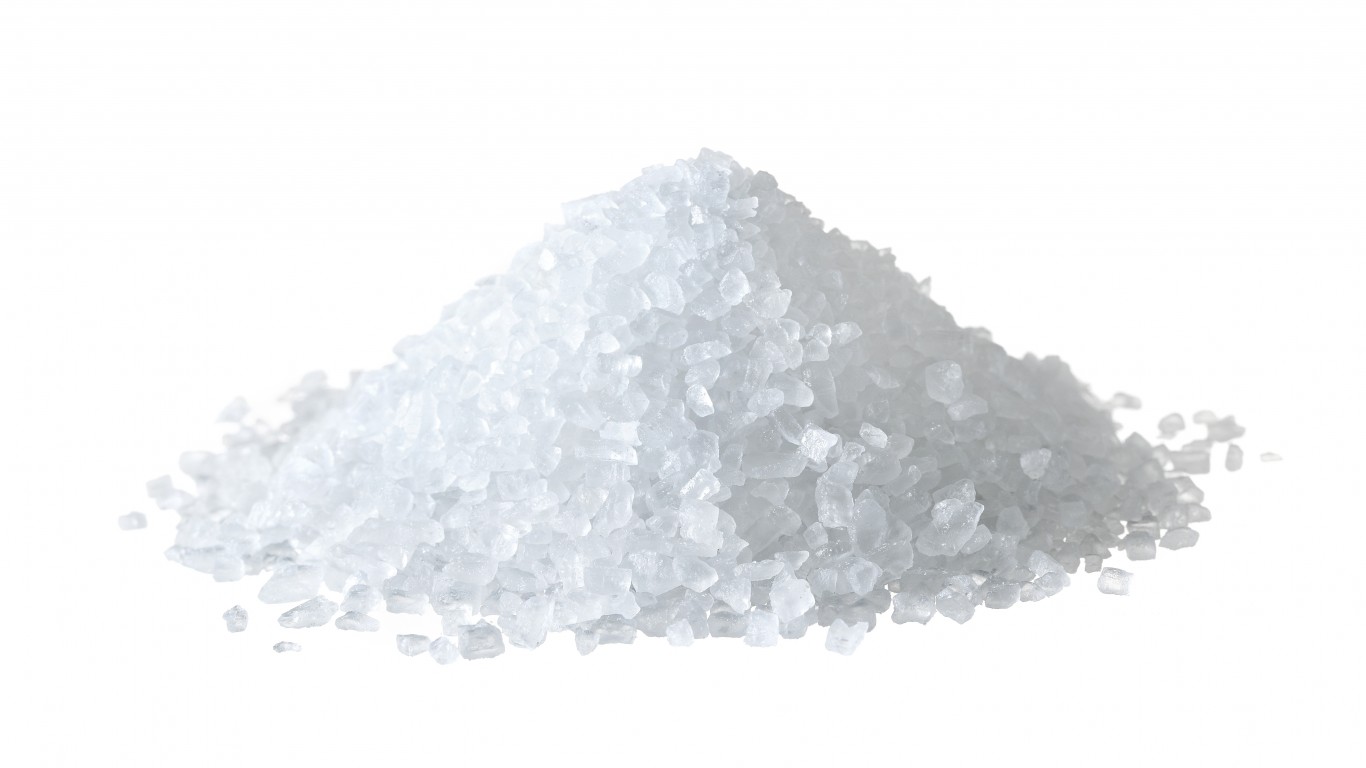
Salt (sodium chloride)

PLANET EARTH $1000:
Peat is the first stage in the transformation of vegetable matter into this fuel
Coal

Final Jeopardy! Round clues:PLANET EARTH
Despite its name, this ocean current outdoes any river; at maximum flow off the Carolinas, its flow is 3,500 times the Mississippi’s

The Gulf Stream
It’s Your Money, Your Future—Own It (sponsor)
Are you ahead, or behind on retirement? For families with more than $500,000 saved for retirement, finding a financial advisor who puts your interest first can be the difference, and today it’s easier than ever. SmartAsset’s free tool matches you with up to three fiduciary financial advisors who serve your area in minutes. Each advisor has been carefully vetted and must act in your best interests. Start your search now.
If you’ve saved and built a substantial nest egg for you and your family, don’t delay; get started right here and help your retirement dreams become a retirement reality.
Thank you for reading! Have some feedback for us?
Contact the 24/7 Wall St. editorial team.
 24/7 Wall St.
24/7 Wall St. 24/7 Wall St.
24/7 Wall St.